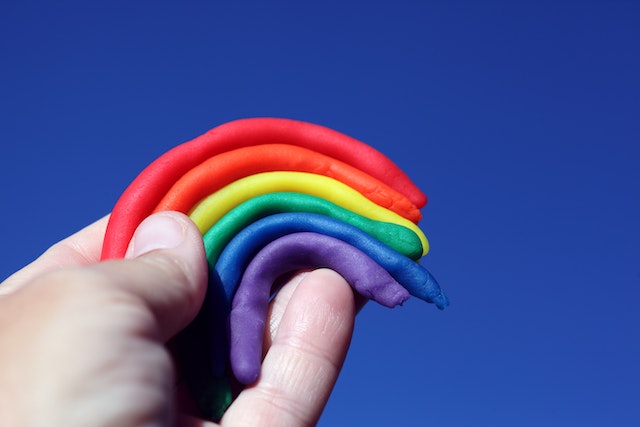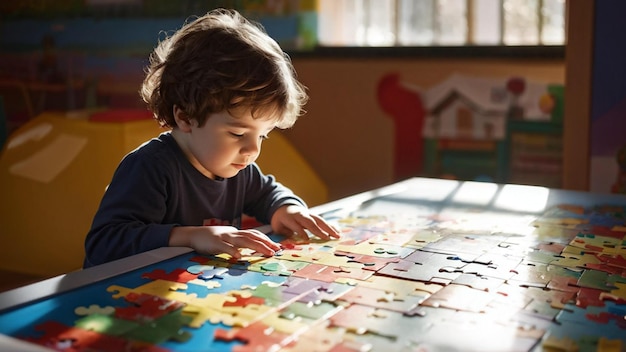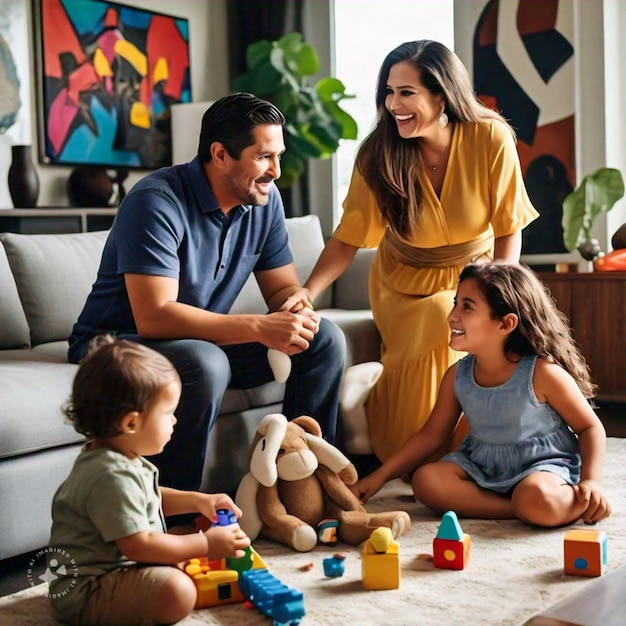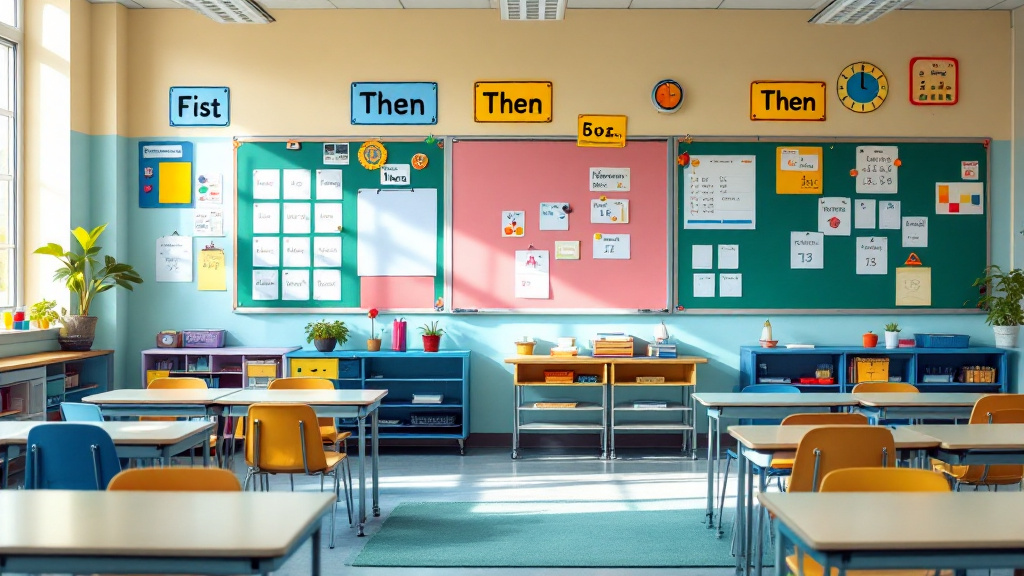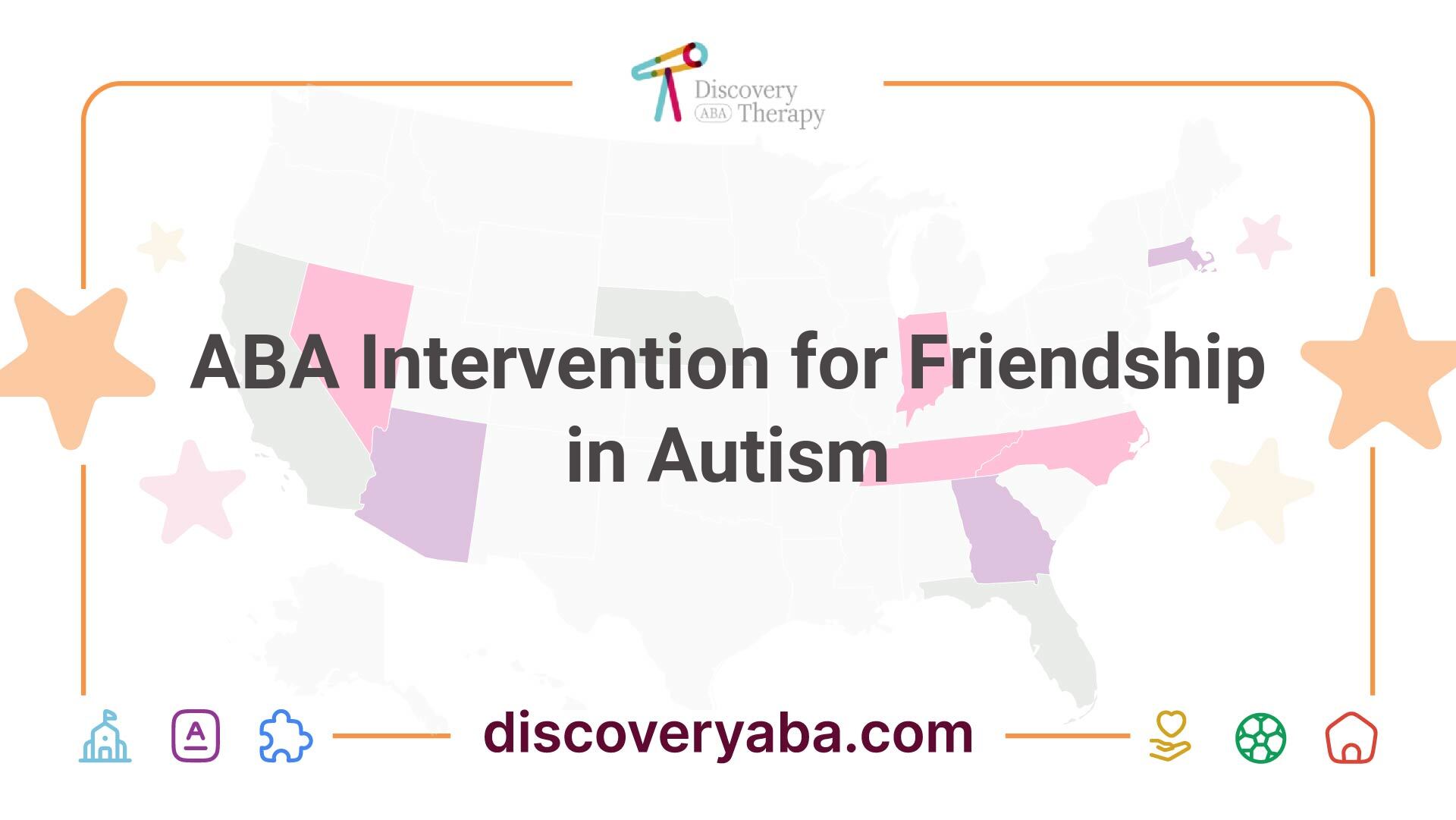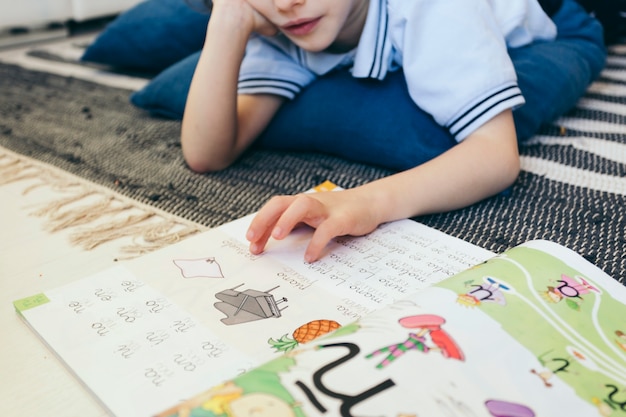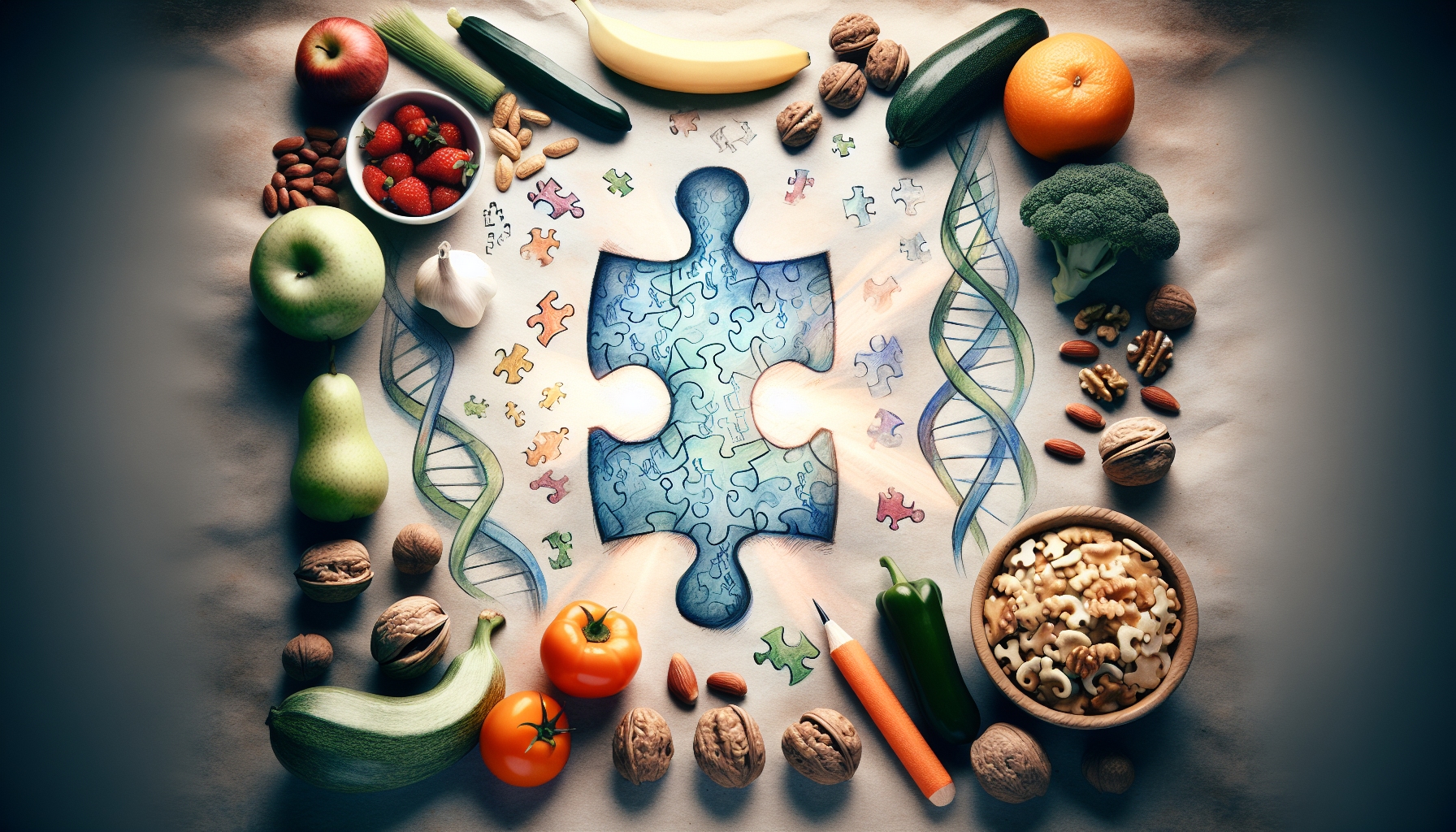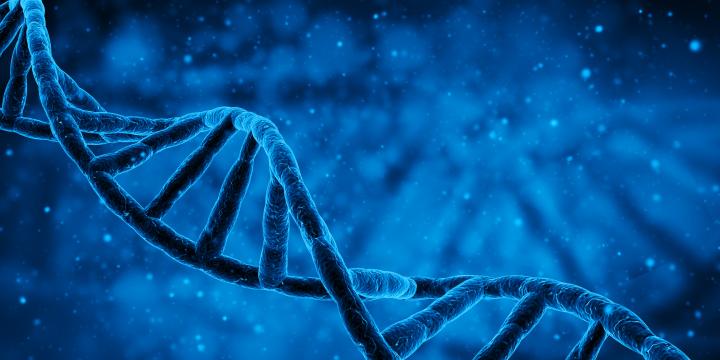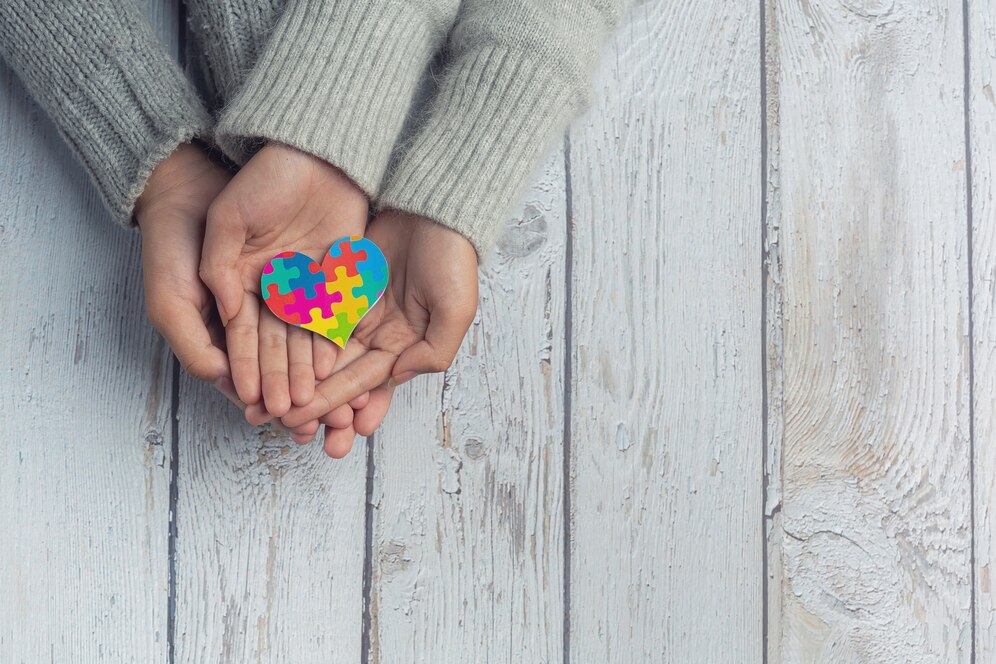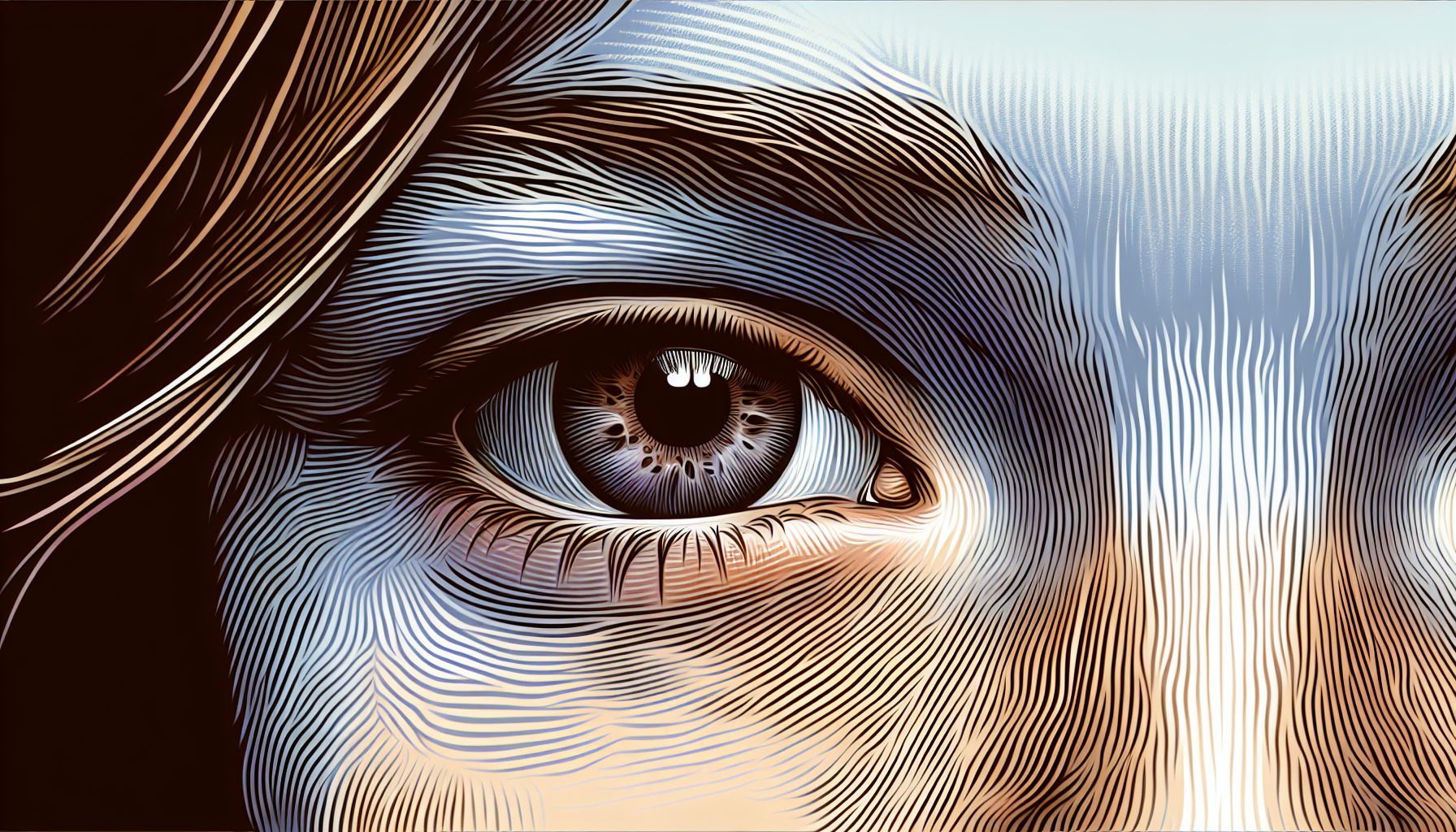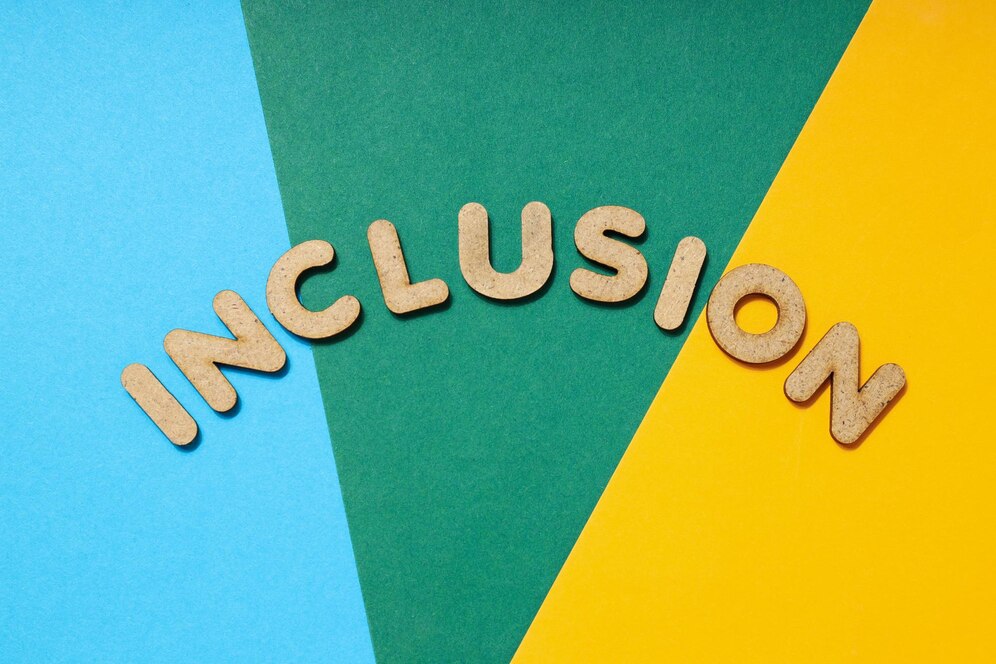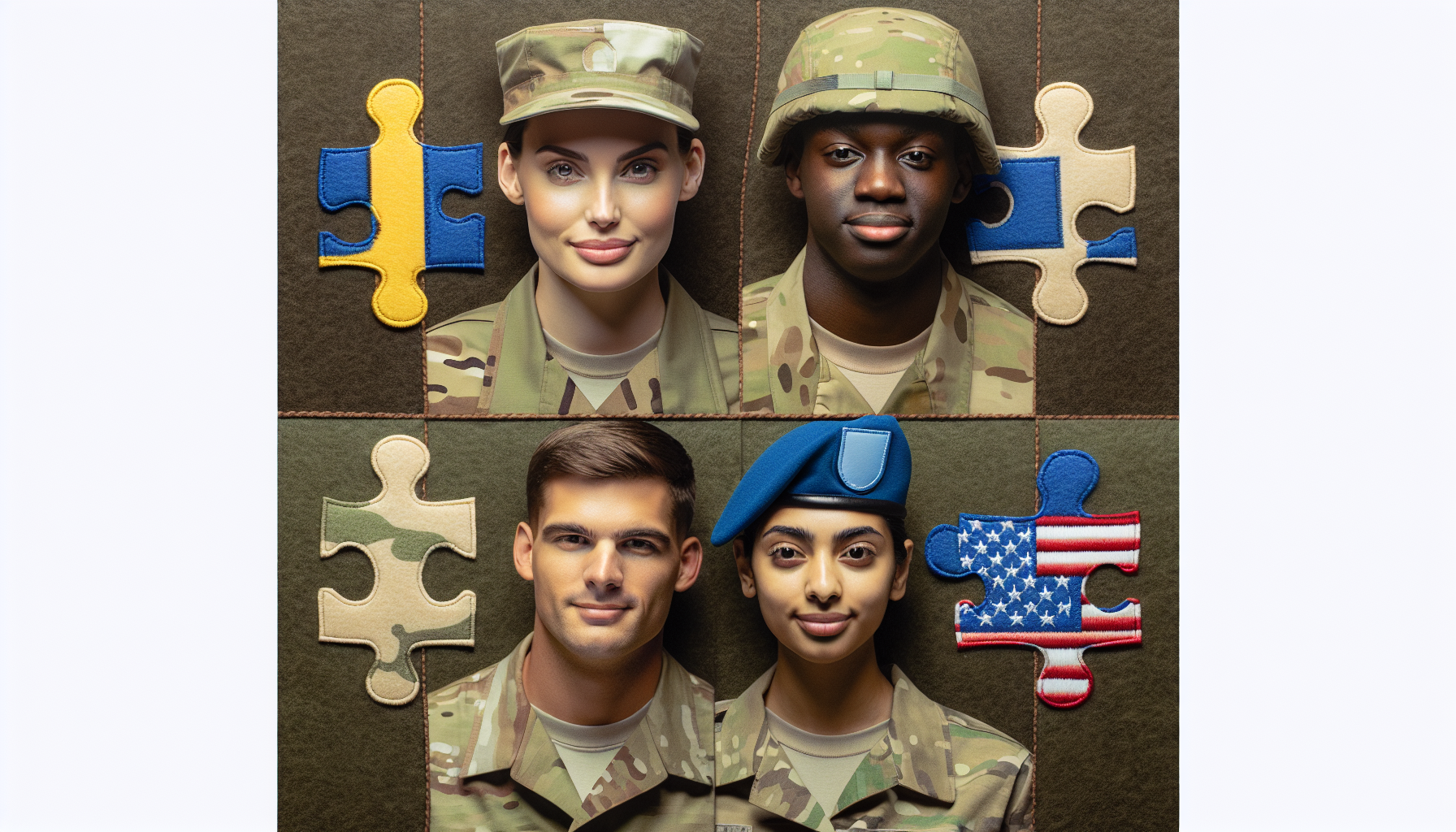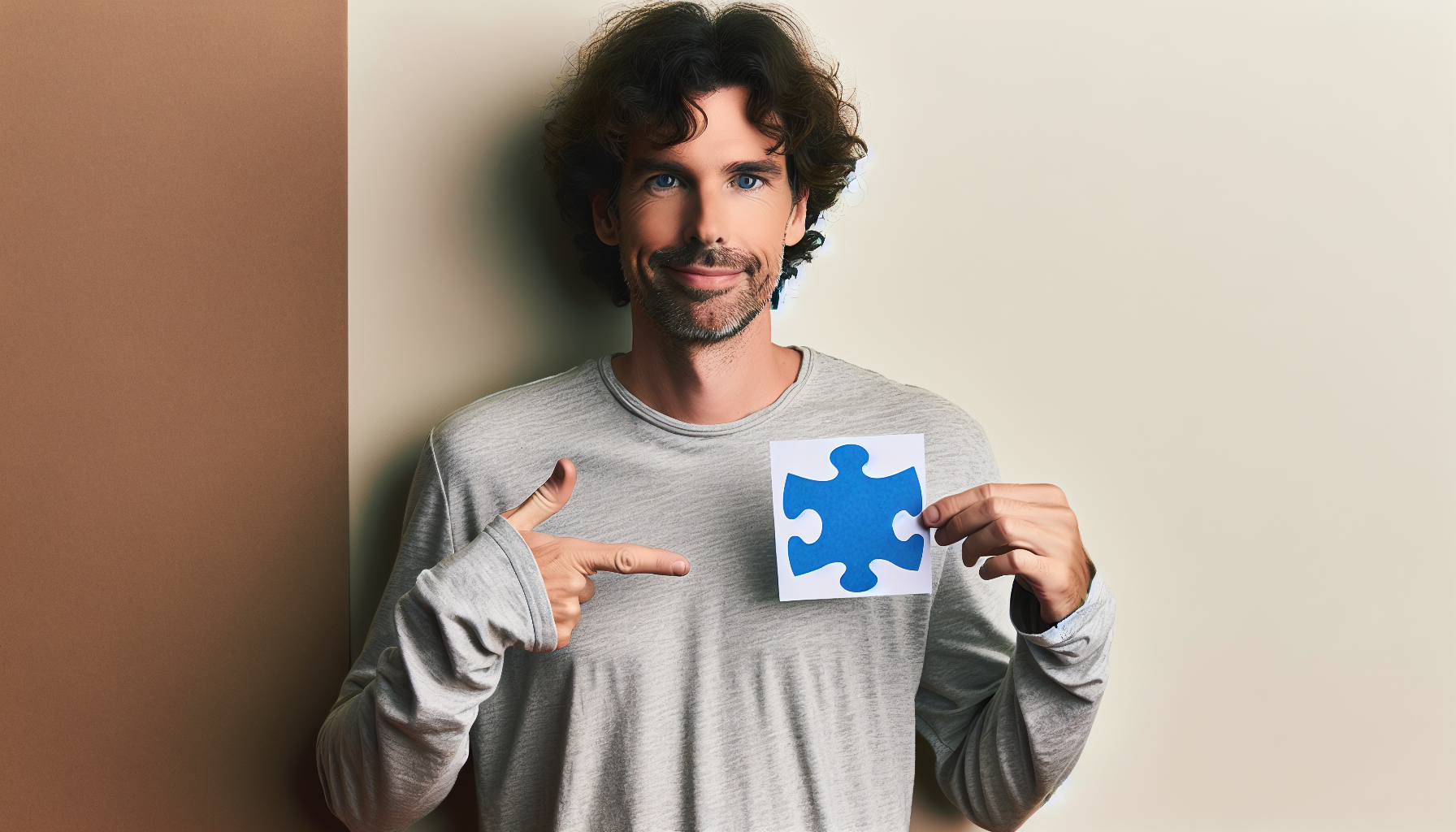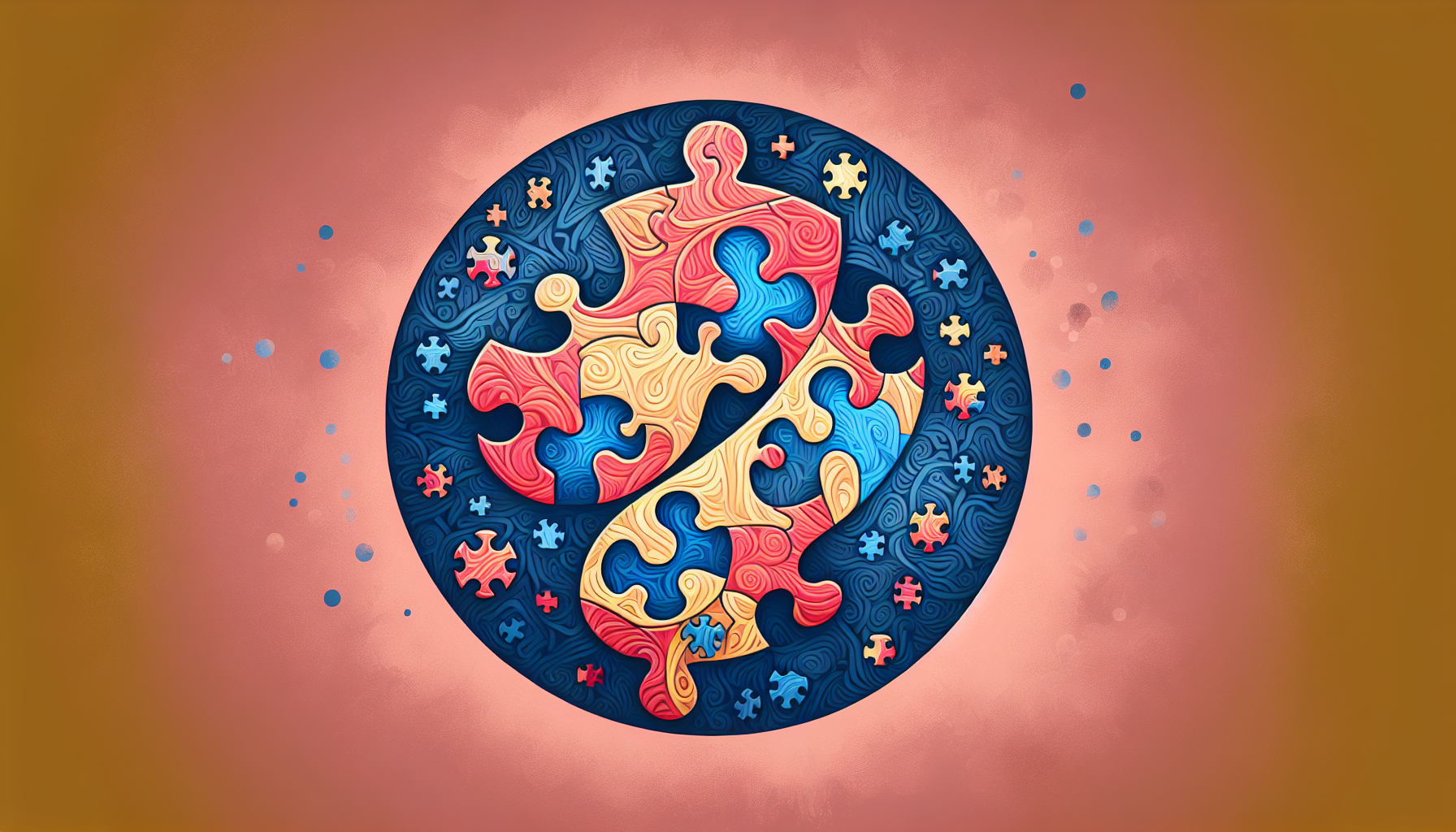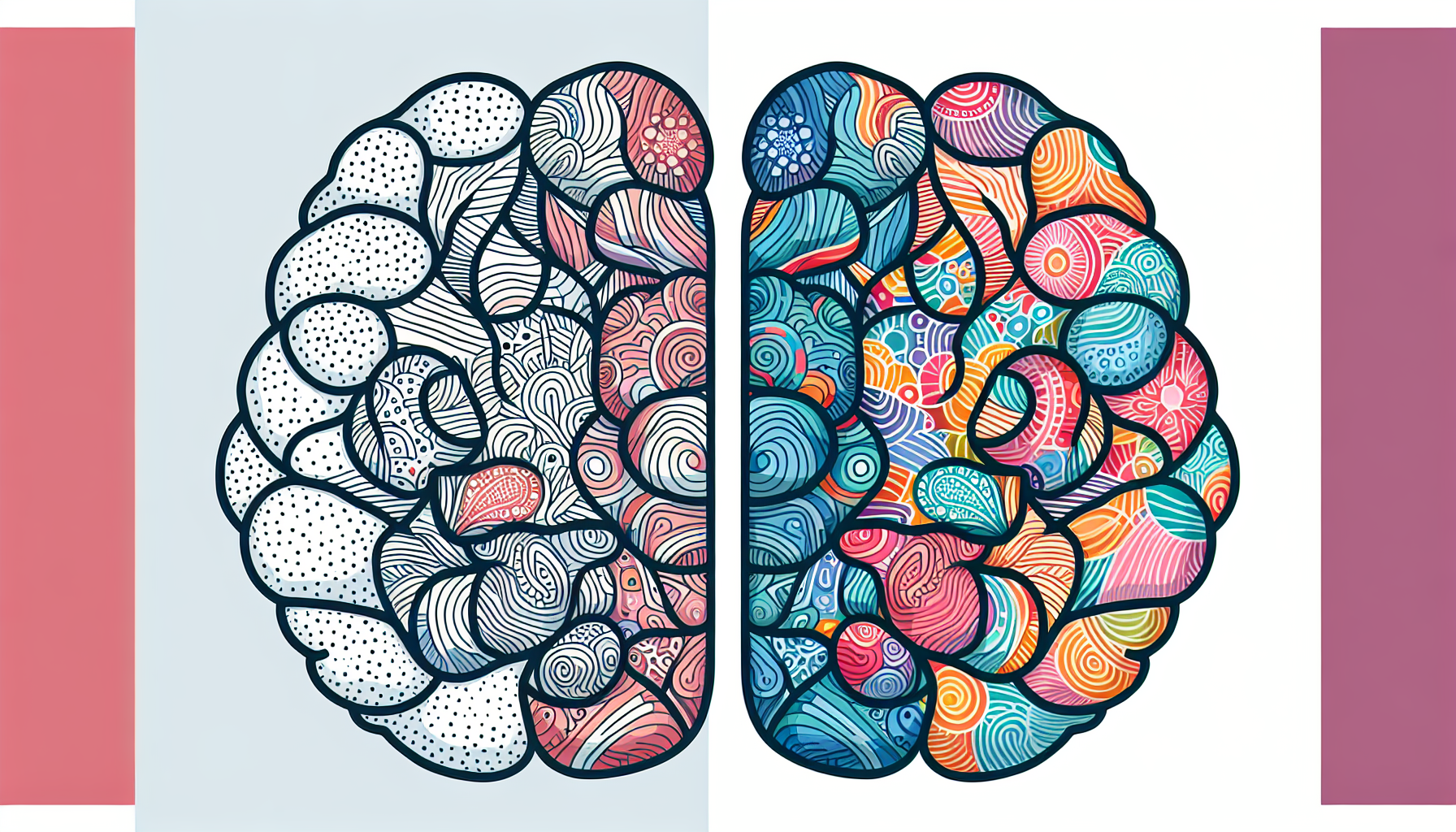What Is Physical Autism?
Discover the physical aspects of autism and how ABA therapy can help. Learn about symptoms, treatment options, and support strategies for physical autism.

Understanding Physical Autism Symptoms
Autism is a complex neurodevelopmental disorder that affects individuals in various ways. While the term "autism" encompasses a wide range of symptoms and characteristics, physical symptoms are an important aspect to consider. In this section, we will delve into what physical autism is and explore some common physical autism symptoms.
What is Physical Autism?
Physical autism refers to the manifestation of certain physical characteristics and behaviors in individuals with autism. These symptoms can vary widely from person to person, as autism is a spectrum disorder. Physical autism symptoms can affect motor skills, sensory processing, repetitive behaviors, and communication, among other areas.
Physical autism symptoms are not indicative of a person's intelligence or capabilities. Each individual with autism has unique strengths and challenges, and understanding these physical symptoms can help create a supportive and inclusive environment.
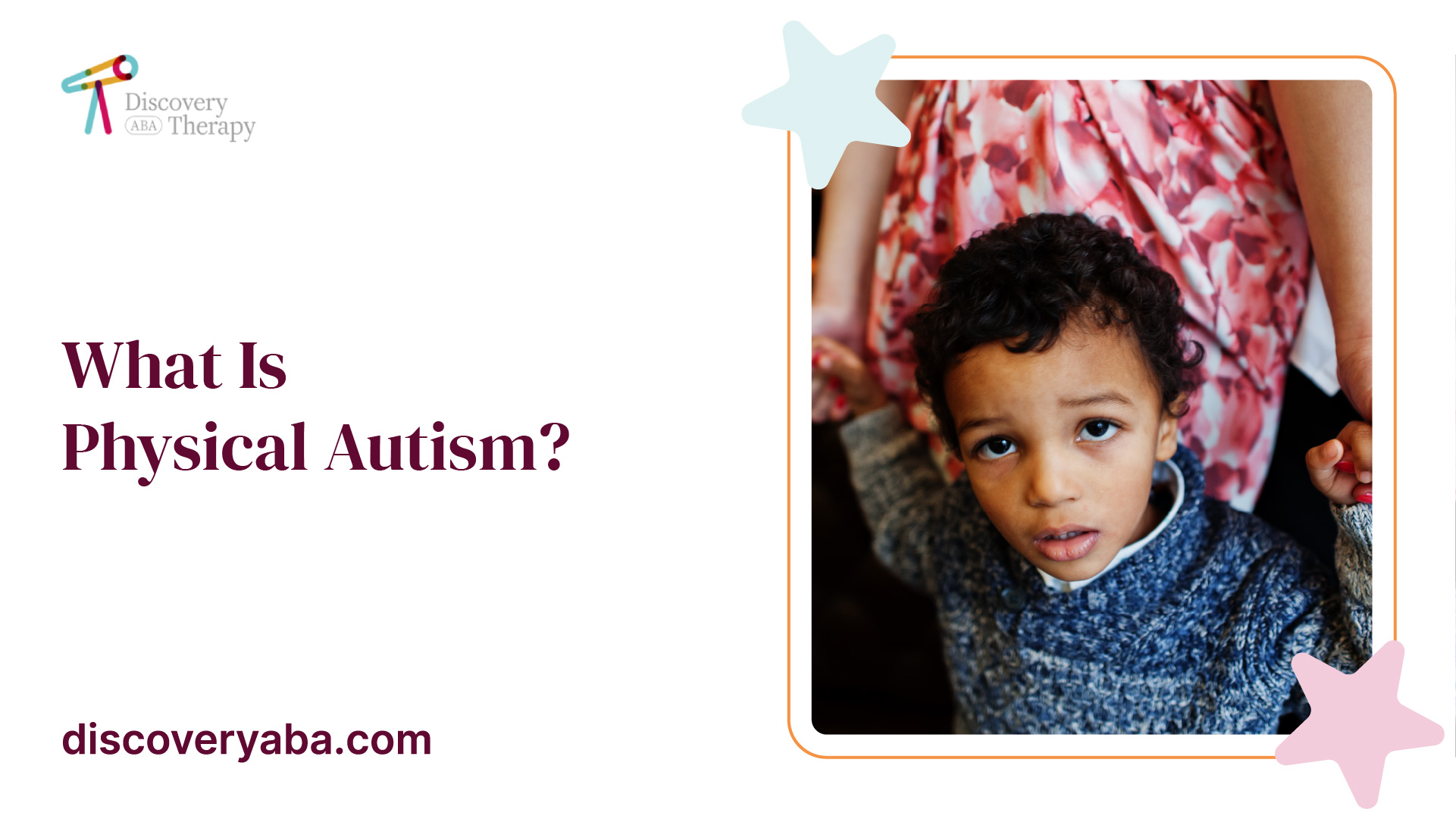
Common Physical Autism Symptoms
Physical autism symptoms can manifest in different ways, and it's important to recognize and understand these signs. Here are some common physical autism symptoms:
Physical Autism Symptom and Description
- Motor Skills and Coordination Issues: Difficulties with fine motor skills (e.g., buttoning clothes, tying shoelaces) and gross motor skills (e.g., balance, coordination)
- Sensory Processing Issues: Challenges with sensory processing, including sensory overload (hypersensitivity to sensory stimuli) and sensory seeking behaviors (seeking intense sensory experiences)
- Repetitive Behaviors and Stimming: Engaging in repetitive movements or behaviors, such as hand flapping, body rocking, or engaging in ritualistic behaviors
- Unusual Postures and Gait: Displaying atypical body postures (e.g., toe-walking, unusual hand positions) and abnormal gait patterns (walking differently from typical individuals)
- Communication and Social Interaction Challenges: Difficulties with nonverbal communication (e.g., maintaining eye contact, understanding facial expressions) and social interactions (e.g., understanding social cues, initiating or maintaining conversations)
These physical autism symptoms are just a few examples of the wide range of characteristics that individuals with autism may exhibit. It's crucial to approach these symptoms with empathy, understanding, and acceptance, recognizing that they are a part of the unique experiences of individuals with autism.
By gaining a deeper understanding of physical autism symptoms, we can foster a more inclusive society that supports the diverse needs of individuals with autism.
Motor Skills and Coordination
Individuals with autism often experience challenges with motor skills and coordination, which can affect both fine motor skills and gross motor skills. Understanding these difficulties is crucial in providing appropriate support and interventions for individuals with physical autism symptoms.
Challenges with Fine Motor Skills
Fine motor skills involve the coordination of small muscles, particularly in the hands and fingers. People with autism may struggle with fine motor skills, which can affect their ability to perform tasks that require precise hand movements and dexterity. Some common challenges include:
- Difficulty with handwriting and manipulating small objects
- Poor hand-eye coordination
- Trouble with using utensils, such as forks and spoons
- Challenges with buttoning shirts, tying shoelaces, or using zippers
- Limited ability to perform intricate tasks, such as arts and crafts
The table below provides an overview of some of the challenges individuals with physical autism symptoms may face regarding fine motor skills:
Fine Motor Skills Challenges
- Difficulty with handwriting and manipulating small objects
- Poor hand-eye coordination
- Trouble with using utensils, such as forks and spoons
- Challenges with buttoning shirts, tying shoelaces, or using zippers
- Limited ability to perform intricate tasks, such as arts and crafts
Difficulties with Gross Motor Skills
Gross motor skills involve the coordination of large muscle groups and the ability to perform movements such as walking, running, and jumping. Individuals with physical autism symptoms may experience difficulties with gross motor skills, which can impact their coordination, balance, and overall physical abilities. Some common challenges include:
- Clumsiness and poor coordination during physical activities
- Challenges with balance and stability
- Difficulty with activities that require bilateral coordination, such as riding a bike or skipping
- Limited ability to engage in team sports or other physical activities with peers
The table below provides an overview of some of the challenges individuals with physical autism symptoms may face regarding gross motor skills:
Gross Motor Skills Challenges
- Clumsiness and poor coordination during physical activities
- Challenges with balance and stability
- Difficulty with activities that require bilateral coordination, such as riding a bike or skipping
- Limited ability to engage in team sports or other physical activities with peers
Understanding the specific motor skill challenges faced by individuals with physical autism symptoms can help guide interventions and support strategies. Occupational therapy and other specialized interventions can play a vital role in improving motor skills and coordination, enabling individuals with autism to navigate the physical world with greater ease and independence.
Sensory Processing Issues
Individuals with autism often experience challenges with sensory processing, which can have a significant impact on their daily lives. Sensory processing issues refer to difficulties in receiving, organizing, and responding to sensory information from the environment. This section will explore two common sensory processing issues experienced by individuals with autism: sensory overload and sensory seeking behaviors.
Sensory Overload
Sensory overload occurs when an individual becomes overwhelmed by sensory stimuli. Everyday sounds, sights, smells, tastes, and textures that may be tolerable to others can be overwhelming for individuals with autism. This overload can lead to feelings of anxiety, stress, and even physical discomfort. It is important to note that sensory overload can vary from person to person, and what may trigger overload for one individual may not affect another in the same way.
Common Triggers of Sensory Overload
- Loud noises (e.g., sirens, vacuum cleaners
- )Bright or flickering lights
- Strong smells or odors
- Crowded or busy environments
- Certain textures or fabrics
Sensory Seeking Behaviors
On the other end of the spectrum, individuals with autism may engage in sensory seeking behaviors. These behaviors involve actively seeking out sensory input to regulate their sensory systems. Sensory seeking behaviors can serve as a way for individuals with autism to self-soothe, stay focused, or simply find pleasure in sensory experiences.
Examples of Sensory Seeking Behaviors
- Spinning or twirling
- Jumping or bouncing
- Seeking deep pressure (e.g., hugging oneself tightly)
- Seeking tactile stimulation (e.g., rubbing textured objects)
- Craving intense flavors or textures in food
Understanding and addressing sensory processing issues is crucial in supporting individuals with autism. Creating sensory-friendly environments, providing sensory breaks, and offering appropriate sensory input can help individuals with autism regulate their sensory systems and enhance their overall well-being. It is important to work closely with healthcare professionals and therapists who specialize in sensory integration to develop strategies tailored to the unique needs of each individual.
Repetitive Behaviors and Stimming
Repetitive behaviors and stimming are common physical autism symptoms that individuals with autism may exhibit. These behaviors serve various purposes, such as self-regulation, sensory stimulation, or expression of emotions. Understanding these behaviors is essential in providing support and accommodation for individuals with autism.
Hand Flapping and Body Rocking
Hand flapping and body rocking are two examples of repetitive behaviors often observed in individuals with autism. These behaviors can serve as a means of self-soothing or self-stimulation.
Hand flapping involves rapid and repetitive movements of the hands or fingers, typically with the palms facing outwards. It is commonly seen as a way to release excess energy or express excitement. Body rocking, on the other hand, involves rhythmic swaying or rocking of the whole body. This behavior may help individuals with autism to regulate their sensory input and find comfort.
It is important to note that while these repetitive behaviors may be noticeable and sometimes disruptive, they are often a natural part of an individual's autism. It is crucial to approach these behaviors with understanding and acceptance, rather than trying to suppress or eliminate them completely.
Repetitive Movements and Ritualistic Behaviors
In addition to hand flapping and body rocking, individuals with autism may engage in various other repetitive movements and ritualistic behaviors. These behaviors can provide a sense of predictability and control in the individual's environment.
Repetitive movements can include actions such as spinning objects, flicking light switches on and off repeatedly, or pacing in a specific pattern. These actions may be performed with precision and consistency, reflecting the individual's need for order and routine.
Ritualistic behaviors often involve a fixed sequence of actions or repetitive patterns. For example, an individual may insist on following the same exact route when walking to a familiar place or arranging objects in a specific order. These rituals can bring a sense of comfort and security to individuals with autism.
By understanding and respecting the significance of repetitive behaviors and stimming in individuals with autism, caregivers and support networks can create an inclusive and accommodating environment. It is essential to provide appropriate outlets for self-regulation and sensory stimulation while promoting acceptance and understanding of these behaviors.
Unusual Postures and Gait
Individuals with autism may exhibit unusual postures and gait patterns, which are physical autism symptoms that can be observed in their body movements.
Atypical Body Postures
Atypical body postures are commonly seen in individuals with autism. These postures may involve unusual positioning or alignment of the body, such as:
- Holding the body in a rigid or stiff manner.
- Slouching or hunching the shoulders.
- Displaying unusual body contortions.
- Adopting asymmetrical body positions.
These atypical body postures can vary from person to person and may be influenced by factors such as sensory sensitivities or difficulties with motor coordination. It's important to note that these postures may not always be intentional, but rather a result of the individual's sensory and motor challenges.
Abnormal Gait Patterns
Gait refers to a person's manner of walking or moving on foot. In individuals with autism, abnormal gait patterns may be observed. These patterns can include:
- Walking on tiptoes or with an unusual gait, such as toe-walking.
- Displaying a stiff or uncoordinated walking style.
- Walking with an uneven or asymmetrical stride.
- Having difficulty with balance or coordination during walking.
These abnormal gait patterns can impact mobility and may be related to underlying motor coordination challenges experienced by individuals with autism. It's important to note that not all individuals with autism will exhibit abnormal gait patterns, as the presence and severity of these symptoms can vary.
Understanding and recognizing these unusual postures and gait patterns in individuals with autism is important for caregivers and healthcare professionals. By being aware of these physical autism symptoms, appropriate support and interventions can be provided to address the unique needs and challenges related to motor coordination and movement.
Communication and Social Interaction
Communication and social interaction can pose significant challenges for individuals with physical autism. These difficulties can impact various aspects of their lives, from forming relationships to expressing their needs and emotions. In this section, we will explore two key areas affected by physical autism: nonverbal communication challenges and difficulties with social interactions.
Nonverbal Communication Challenges
Many individuals with physical autism face obstacles in nonverbal communication. Nonverbal communication refers to the use of body language, facial expressions, gestures, and eye contact to convey messages and emotions. Here are some common nonverbal communication challenges experienced by individuals with physical autism:
Nonverbal Communication Challenges
- Limited eye contact
- Difficulty understanding and interpreting facial expressions
- Challenges in using and understanding gestures
- Trouble with body language and postures
- Difficulty expressing emotions through facial expressions
It's important to recognize that individuals with physical autism may have their own unique ways of expressing themselves nonverbally. Caregivers and support networks play a crucial role in understanding and interpreting these alternative forms of communication.
Difficulties with Social Interactions
Social interactions can also be complex for individuals with physical autism. They may face challenges in understanding social cues, norms, and expectations, which can lead to difficulties in building and maintaining relationships. Here are some common social interaction difficulties experienced by individuals with physical autism:
Difficulties with Social Interactions
- Difficulty initiating and maintaining conversations
- Challenges in understanding social boundaries
- Trouble recognizing and responding to social cues
- Difficulty understanding and participating in social games or group activities
- A tendency to engage in repetitive or self-stimulatory behaviors during social interactions
Supportive environments that provide clear communication, structure, and social skills training can greatly assist individuals with physical autism in navigating social interactions and developing meaningful relationships.
Understanding the unique nonverbal communication challenges and difficulties with social interactions that individuals with physical autism face is crucial in providing the necessary support and creating inclusive environments. By promoting understanding and acceptance, we can help individuals with physical autism thrive and engage meaningfully with the world around them.
Summary
Physical autism isn't just about a diagnosis or medical label. It's about understanding and appreciating the unique ways individuals experience the world. From sensory sensitivities to motor challenges, physical autism encompasses a spectrum of traits that shape how people interact with their environment.
By embracing this diversity and offering support tailored to individual needs, we can create a more inclusive society where everyone, regardless of their differences, feels seen, heard, and valued. Let's continue to learn, empathize, and advocate for a world where every person with physical autism can thrive and be celebrated for who they are.
Sources
Find More Articles
Contact us
North Carolina, Tennessee, Nevada, New Jersey, Utah, Virginia
New Hampshire, Maine
Massachusetts, Indiana, Arizona, Georgia
.avif)





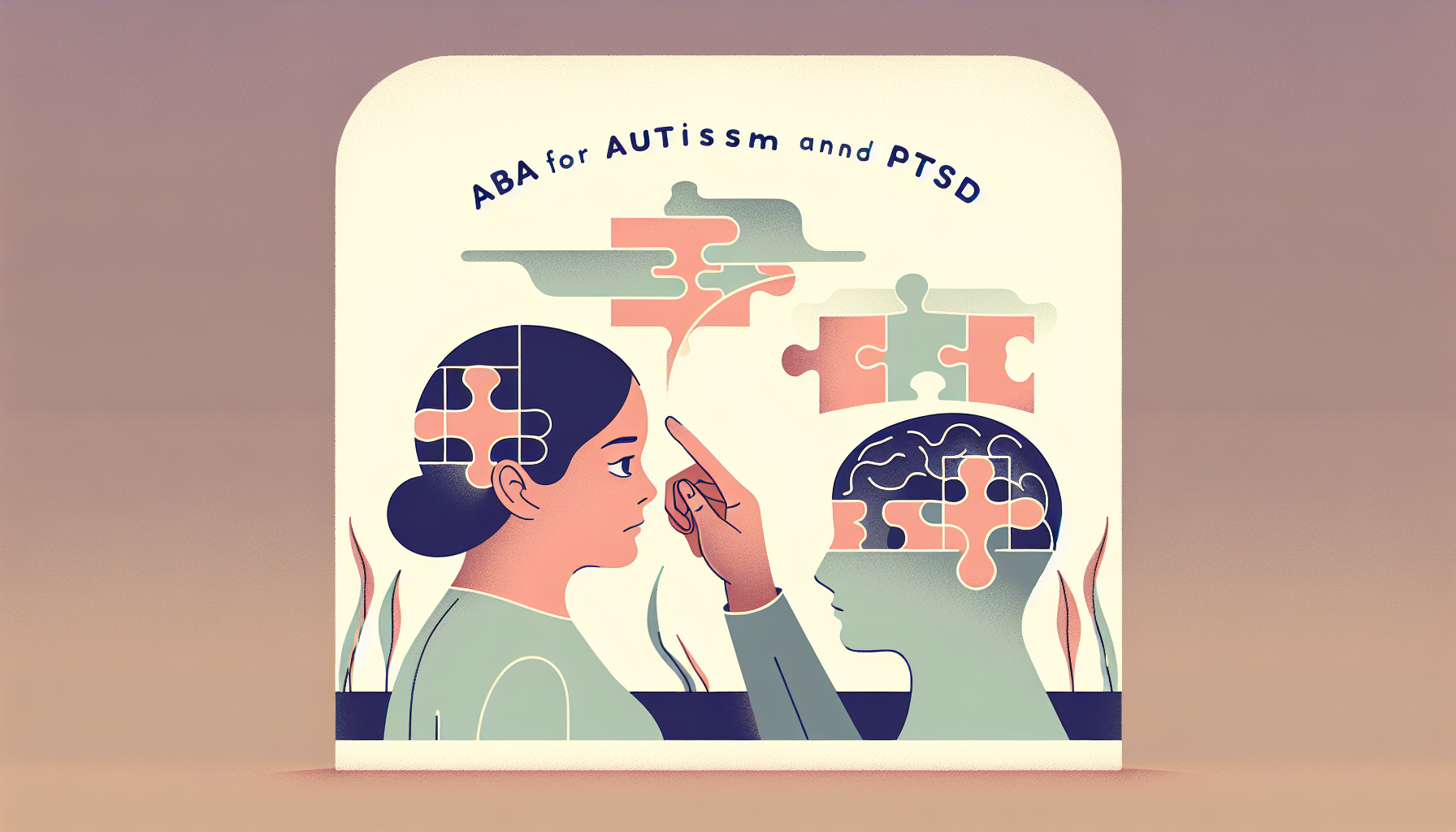
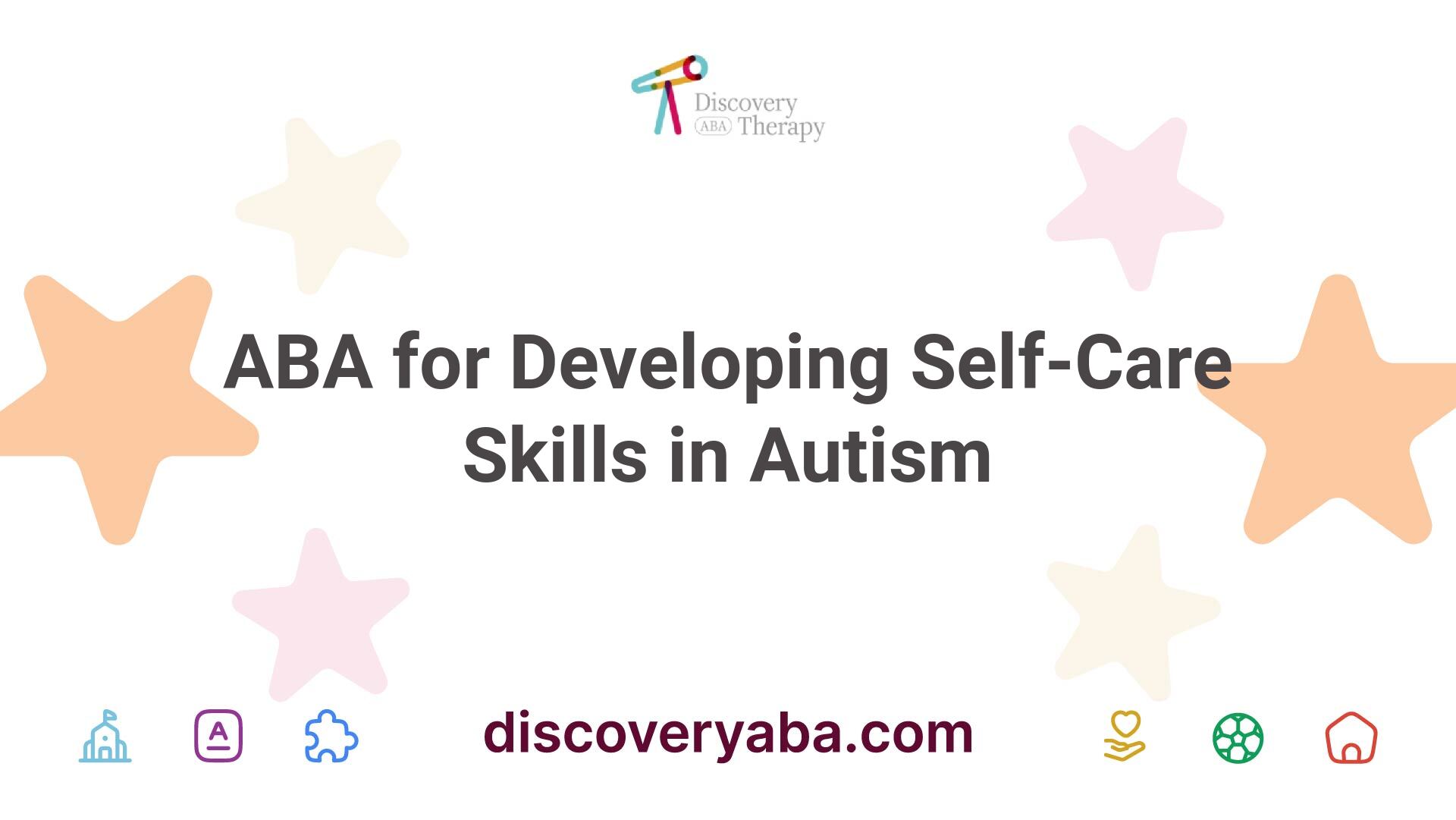
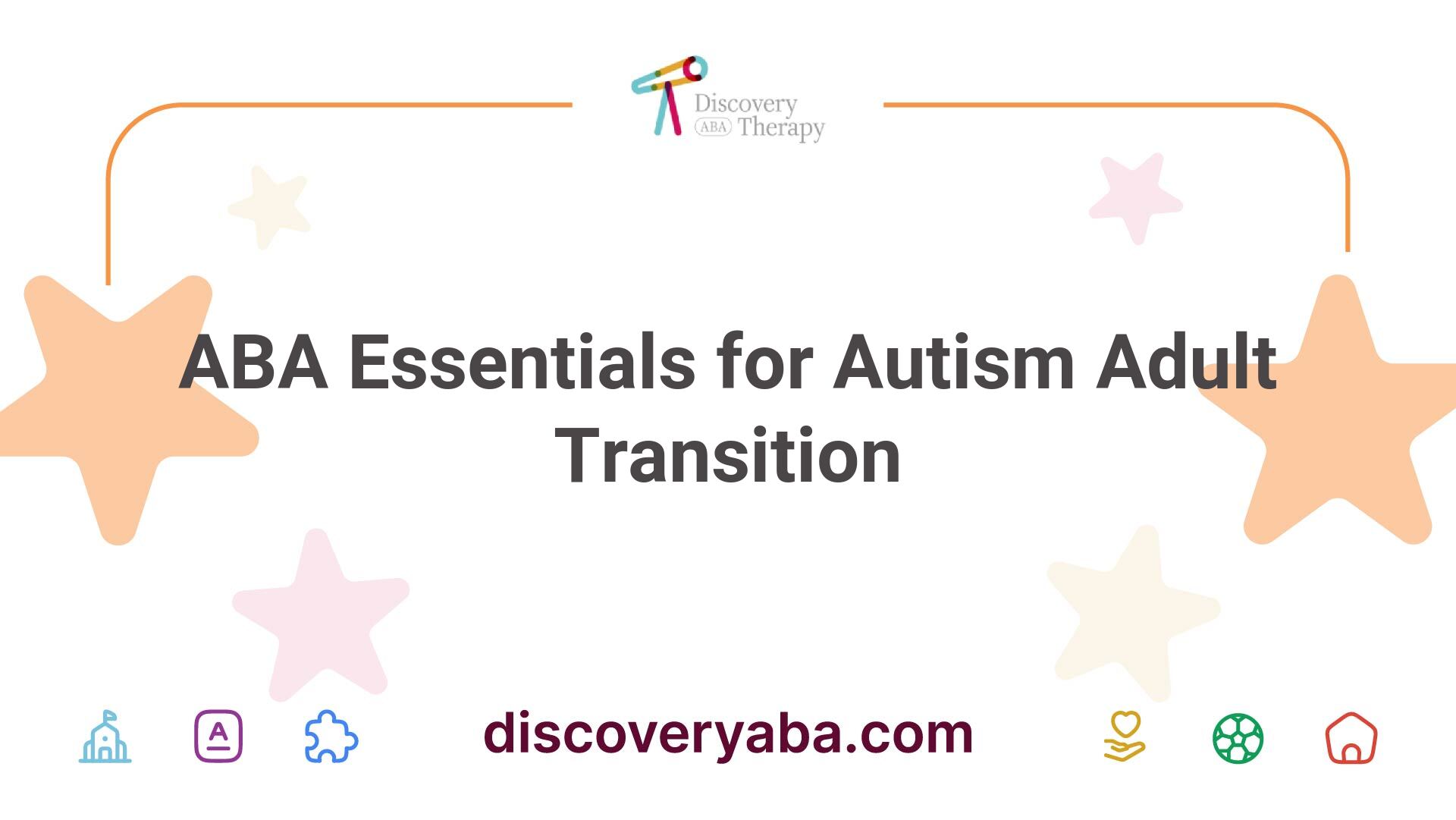


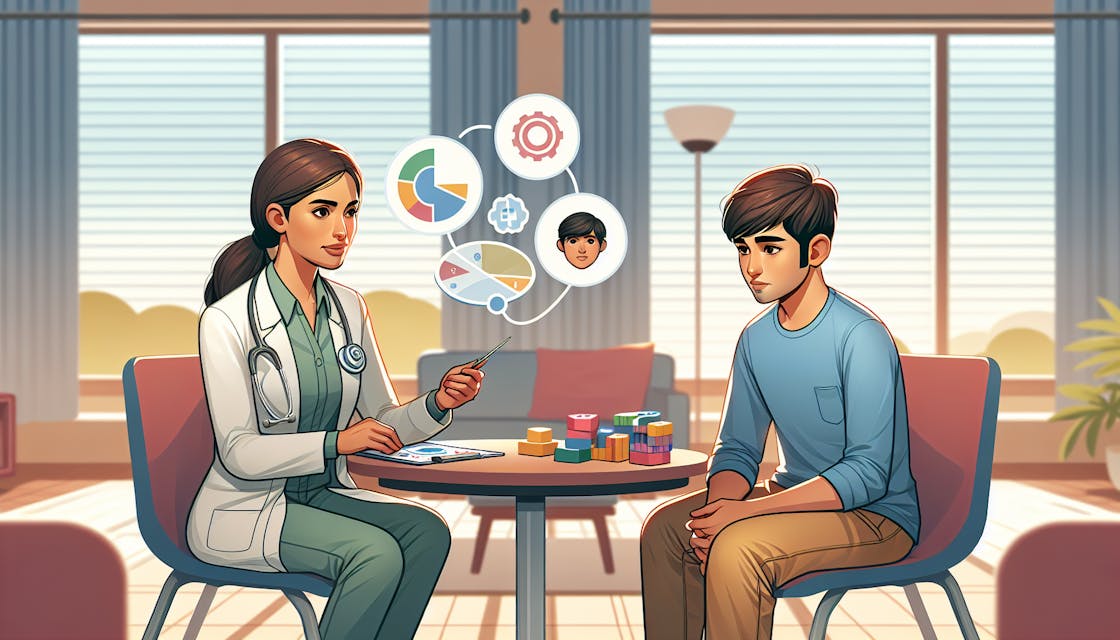


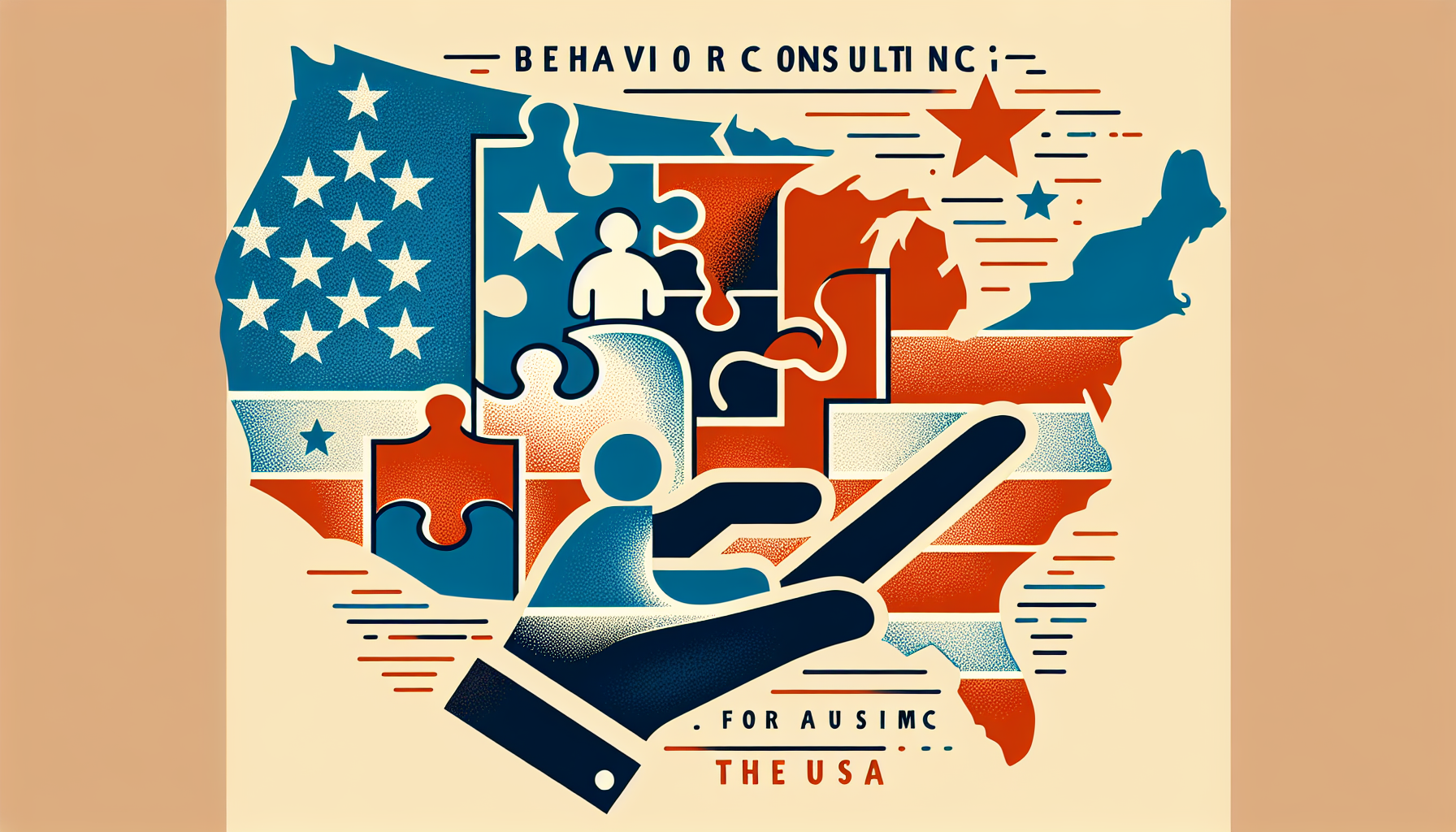
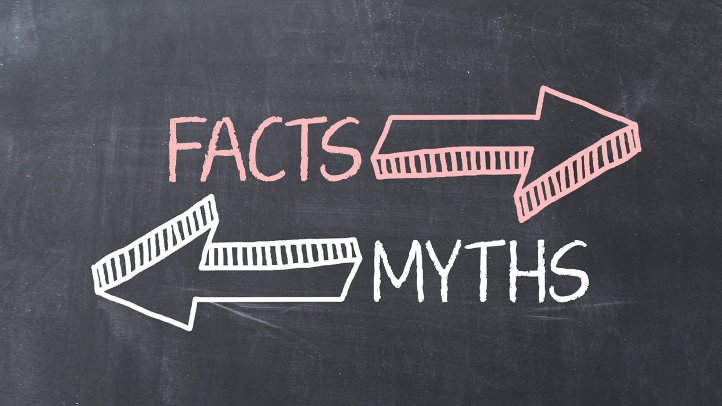
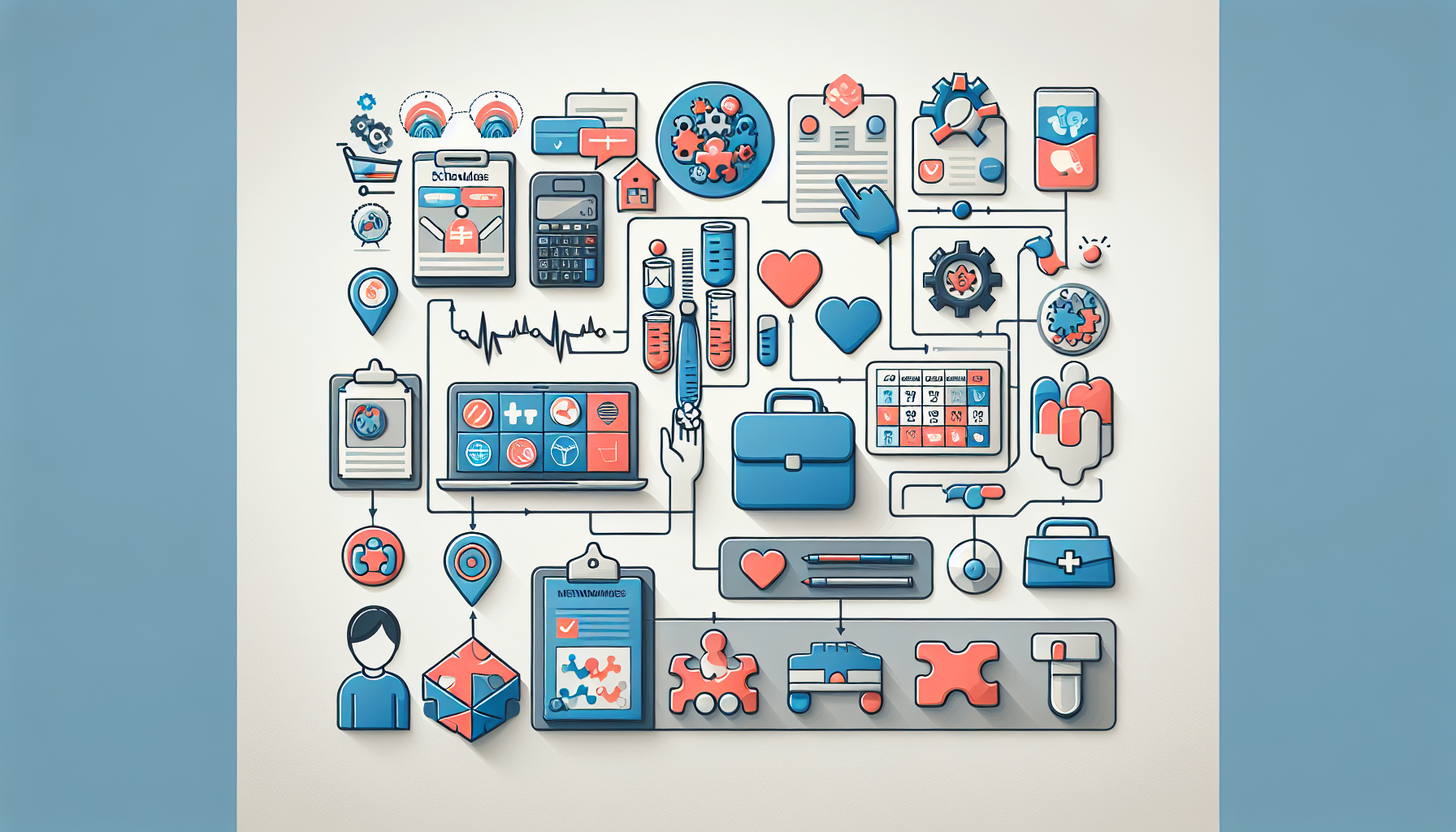
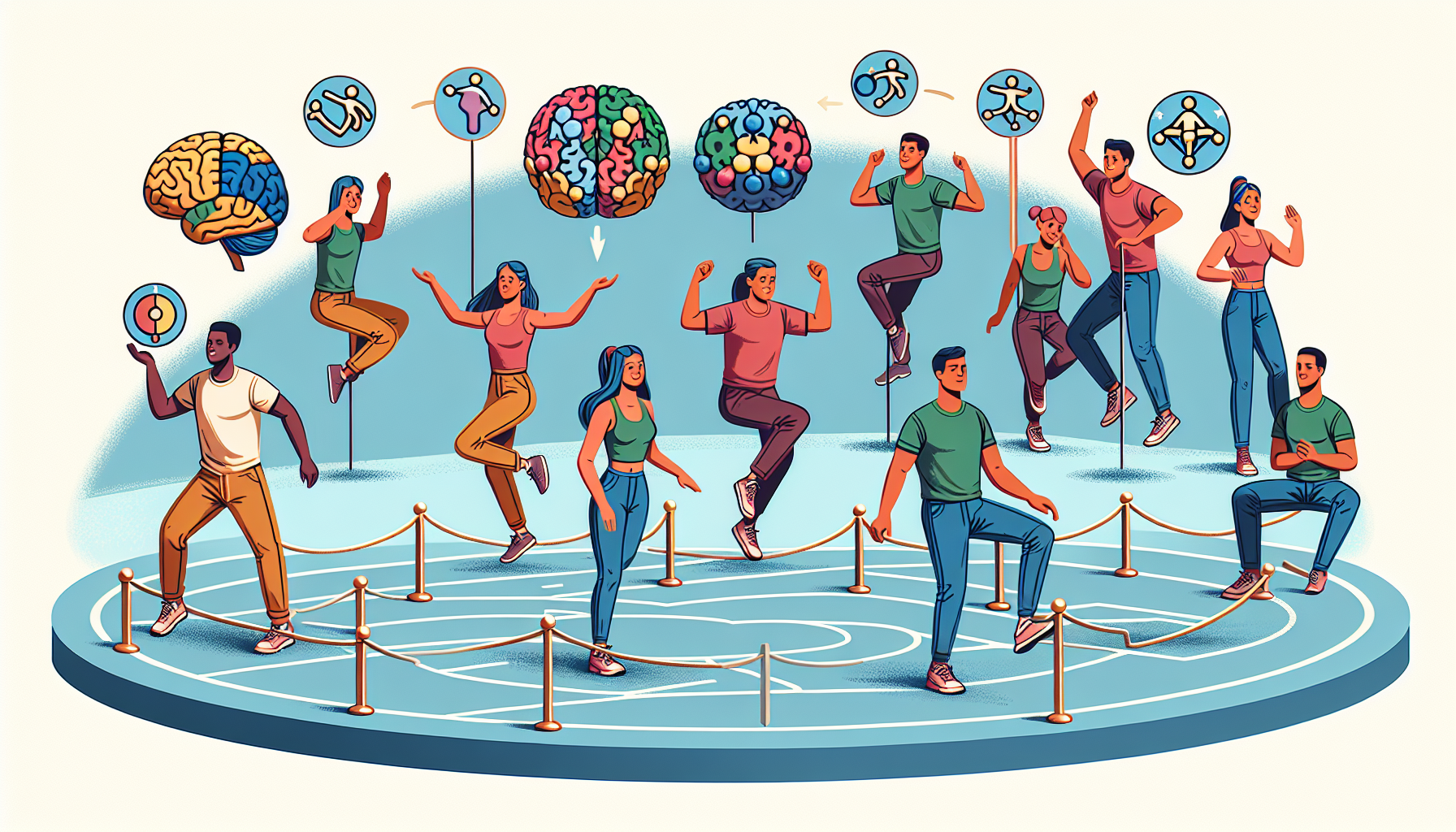
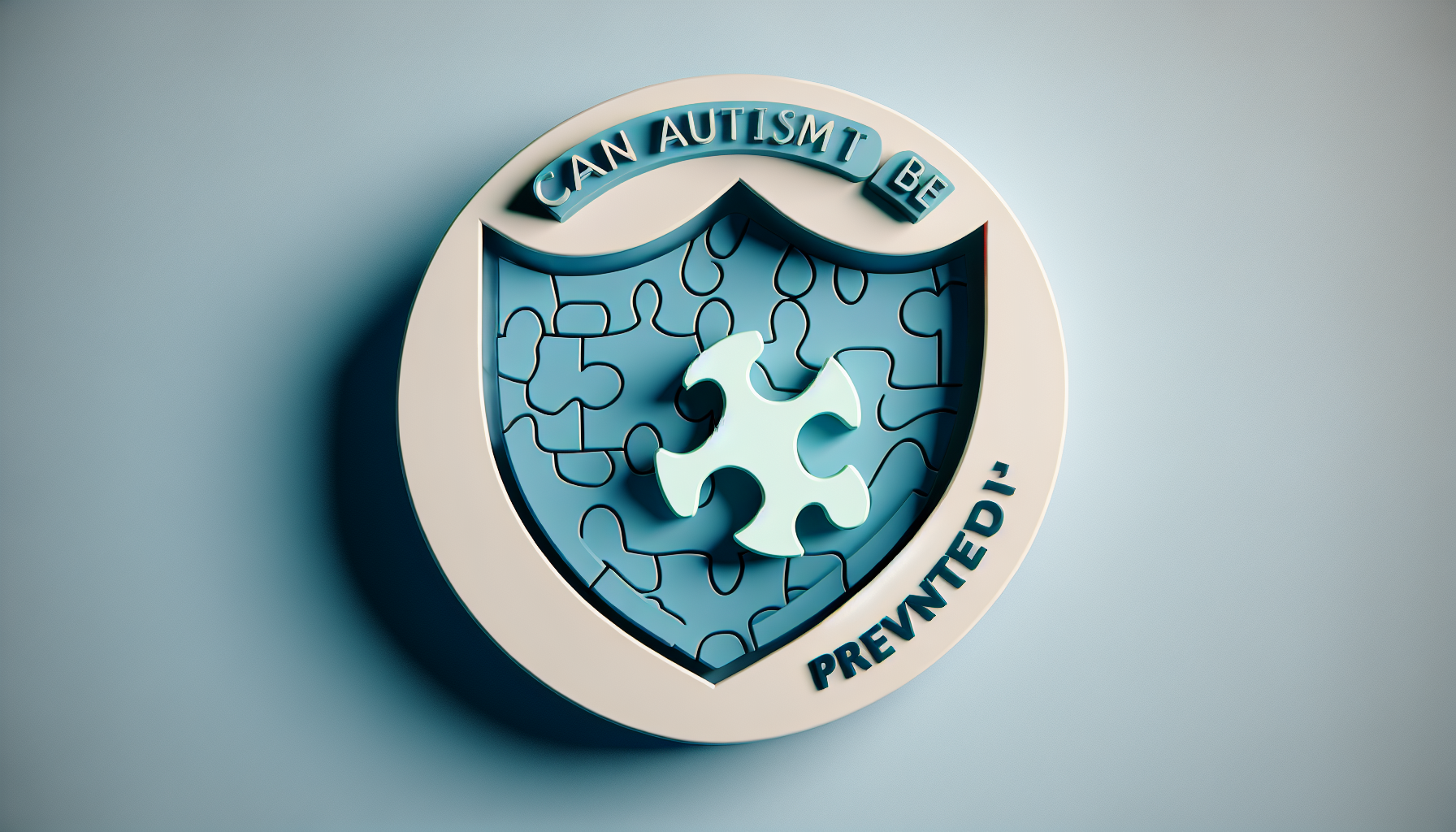

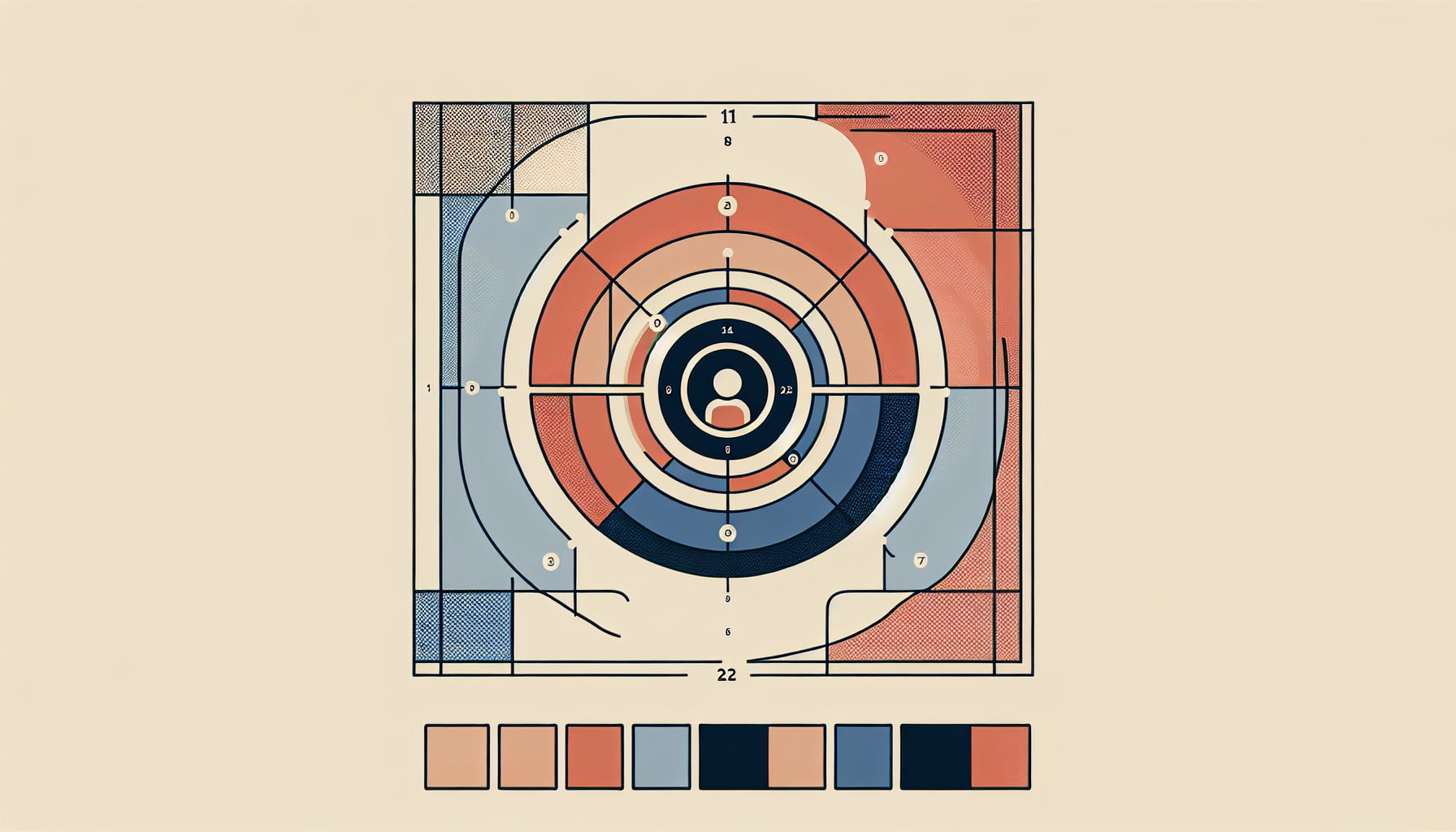

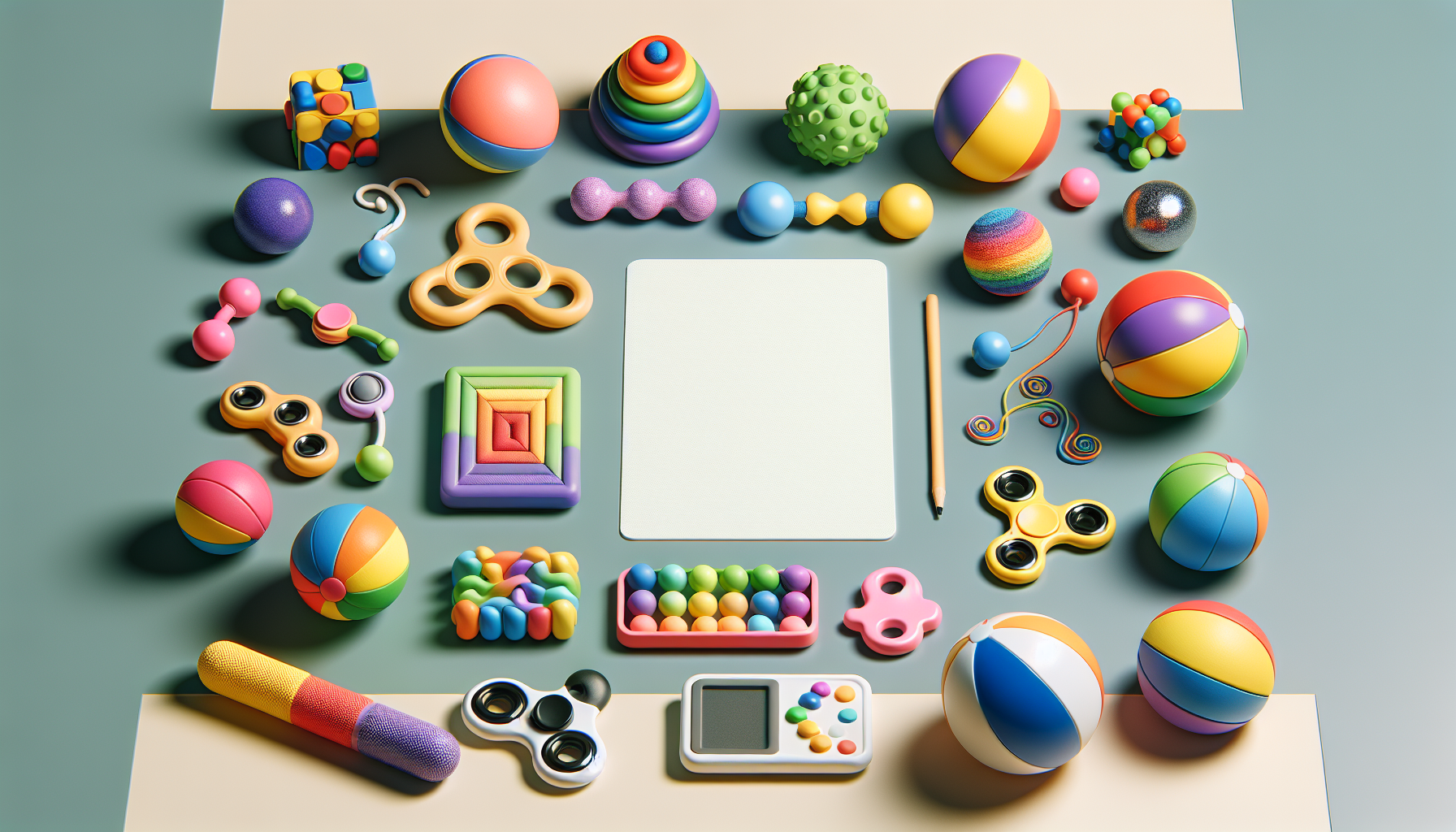

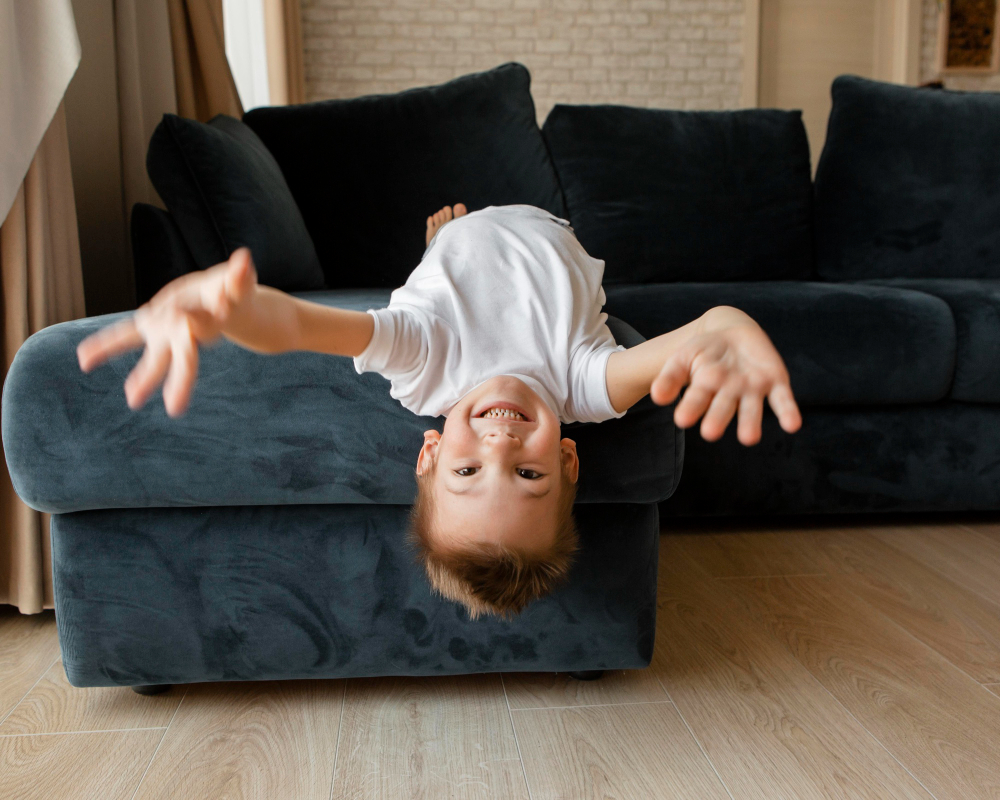

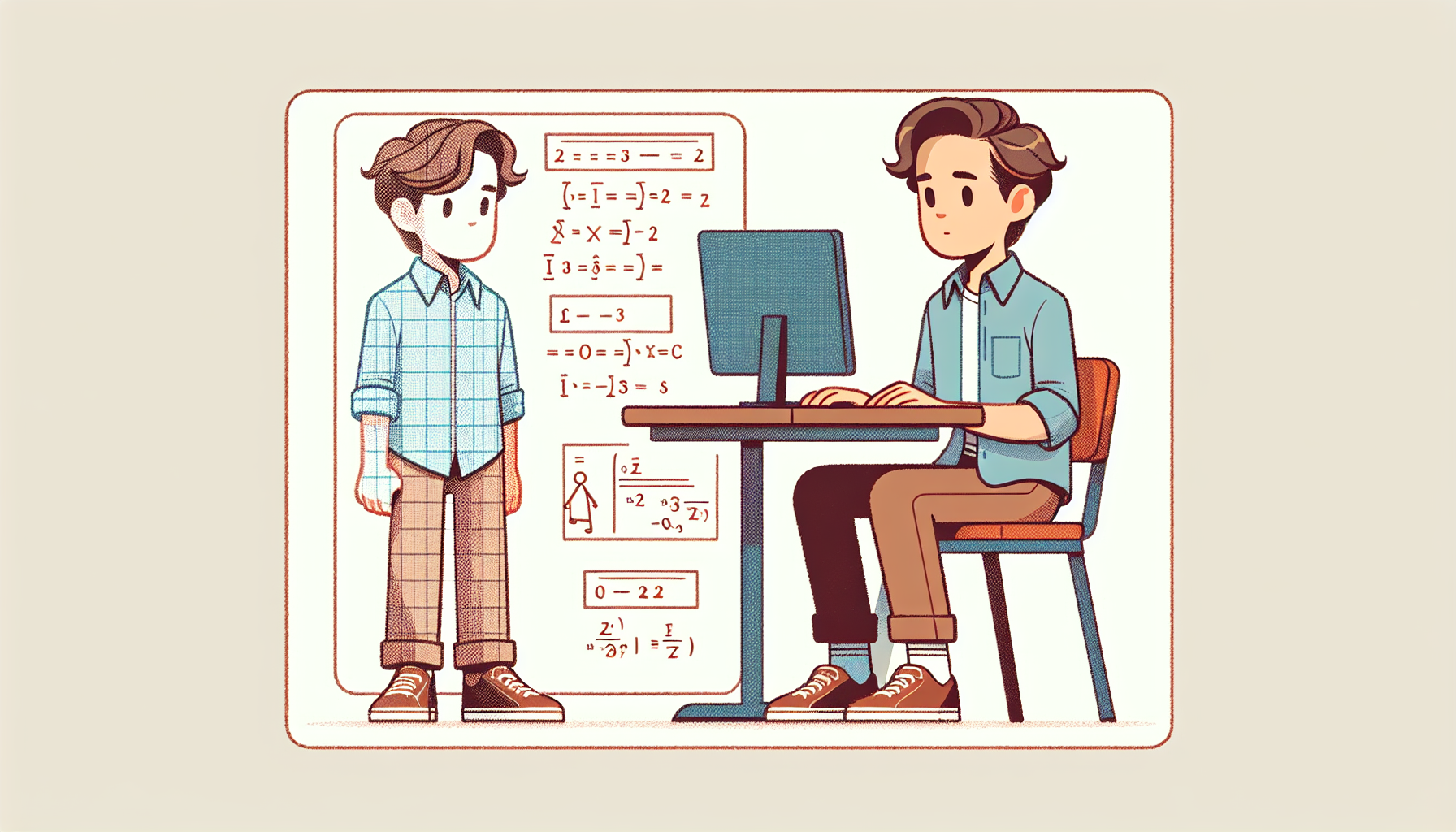



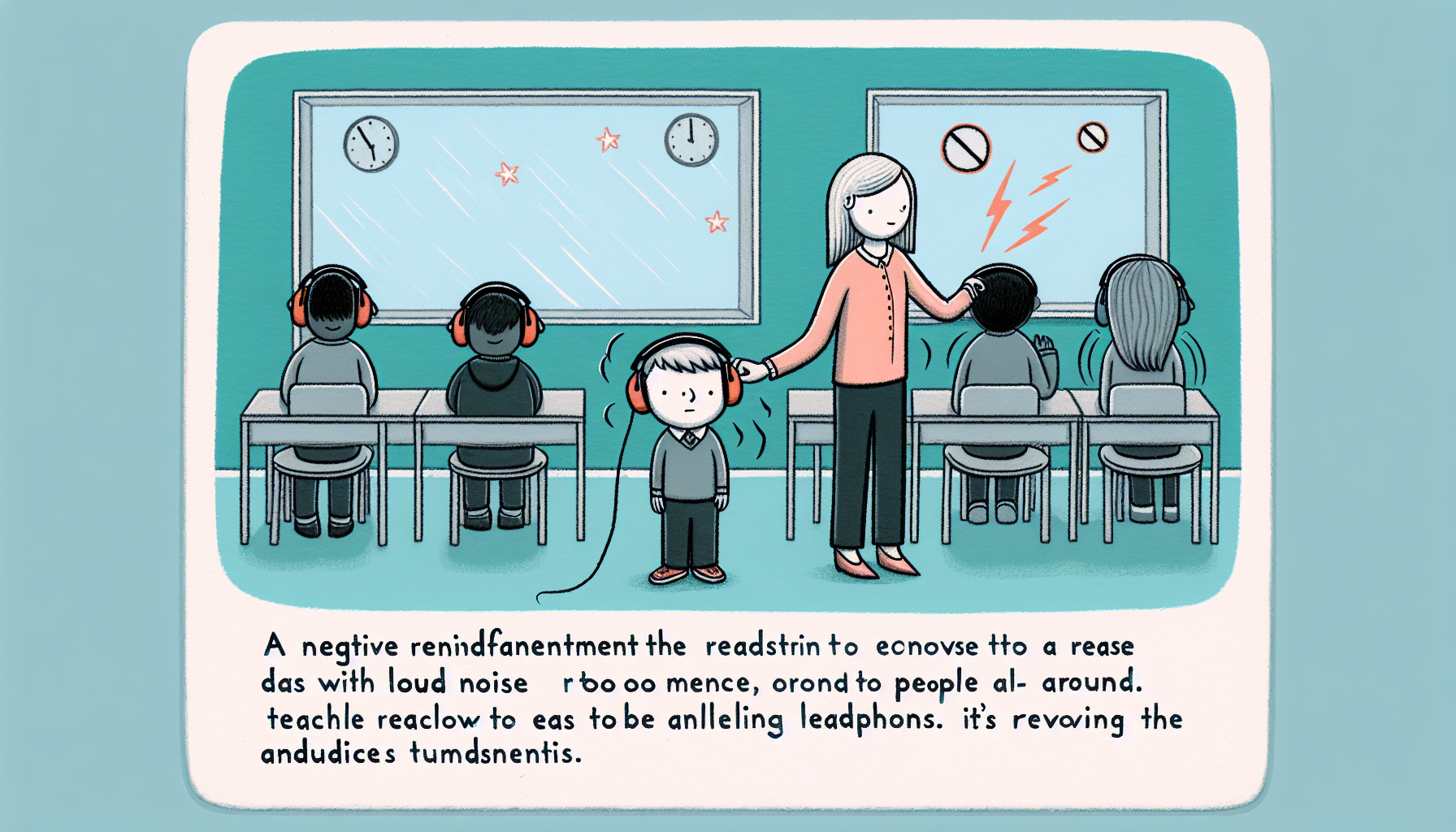
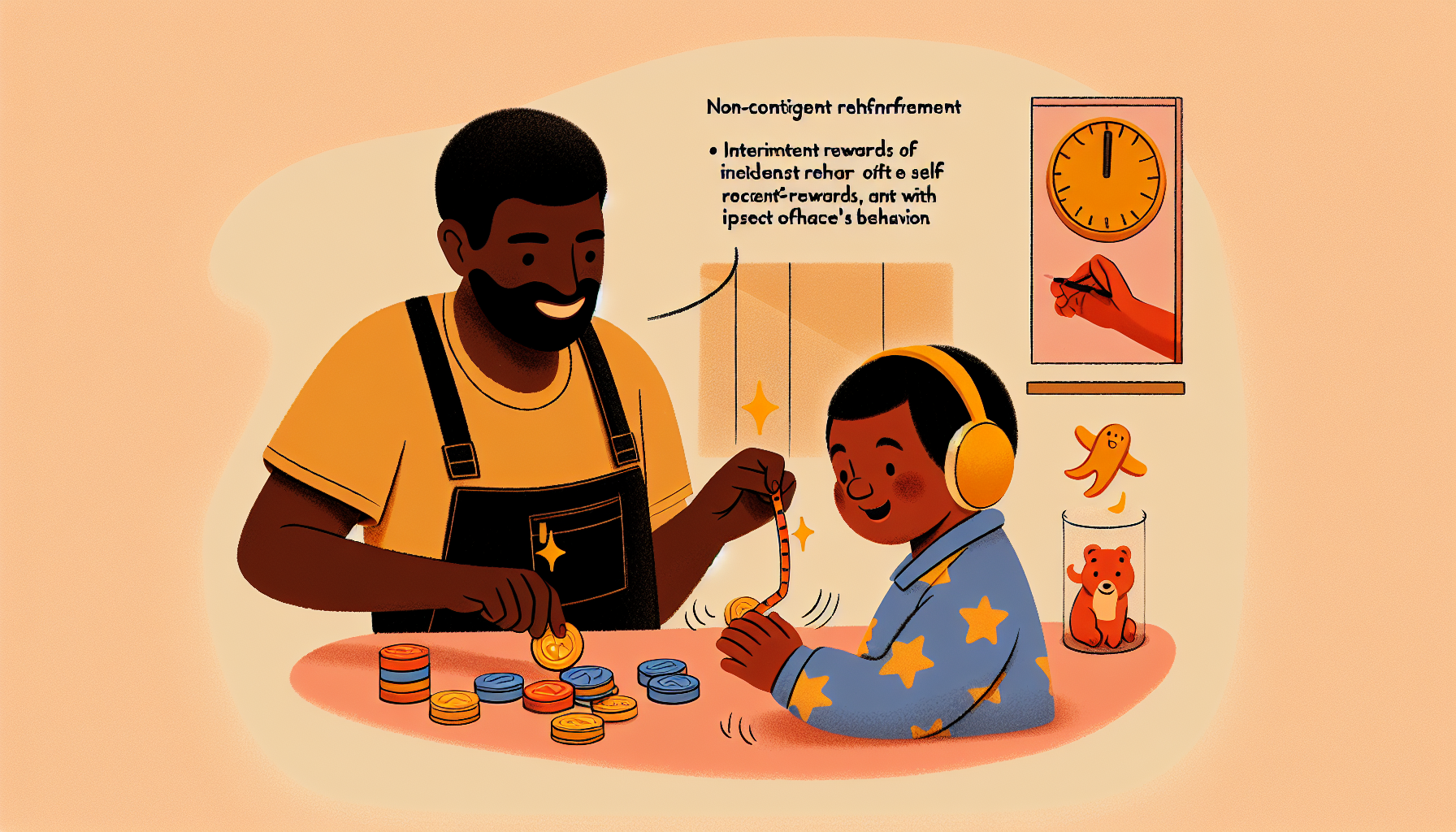
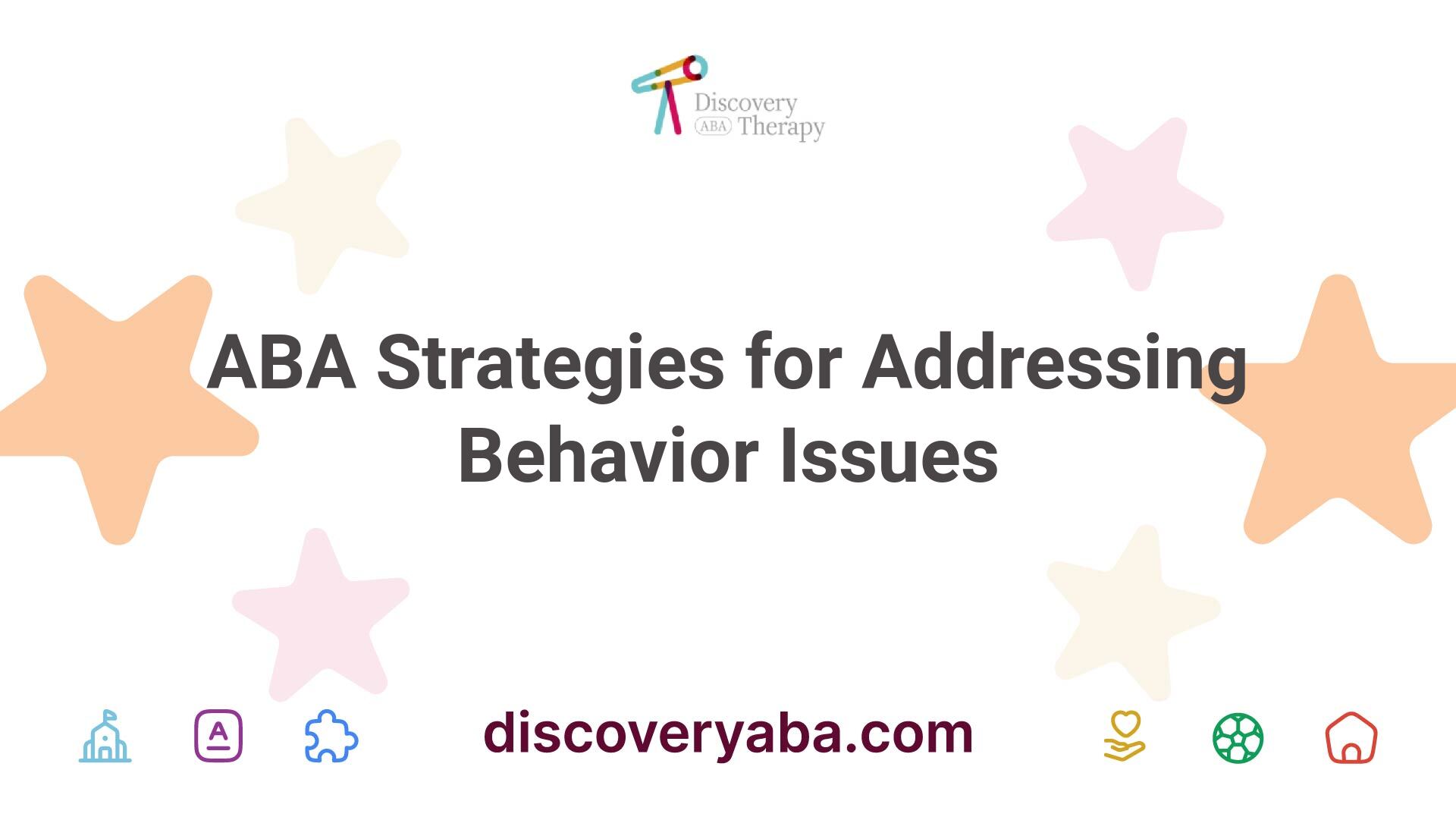

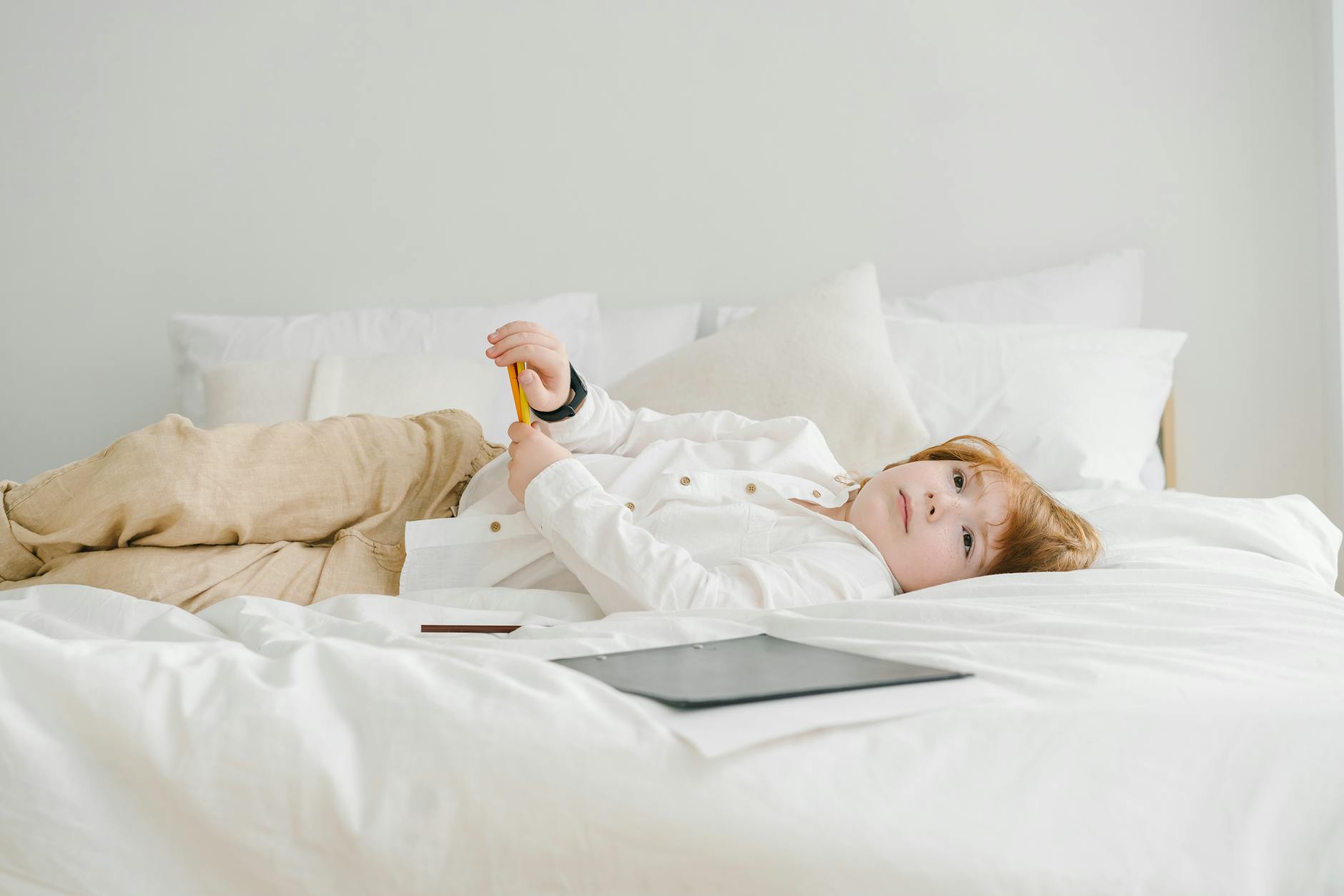





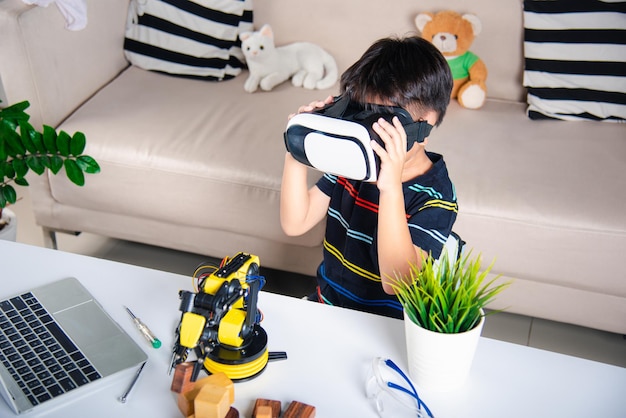
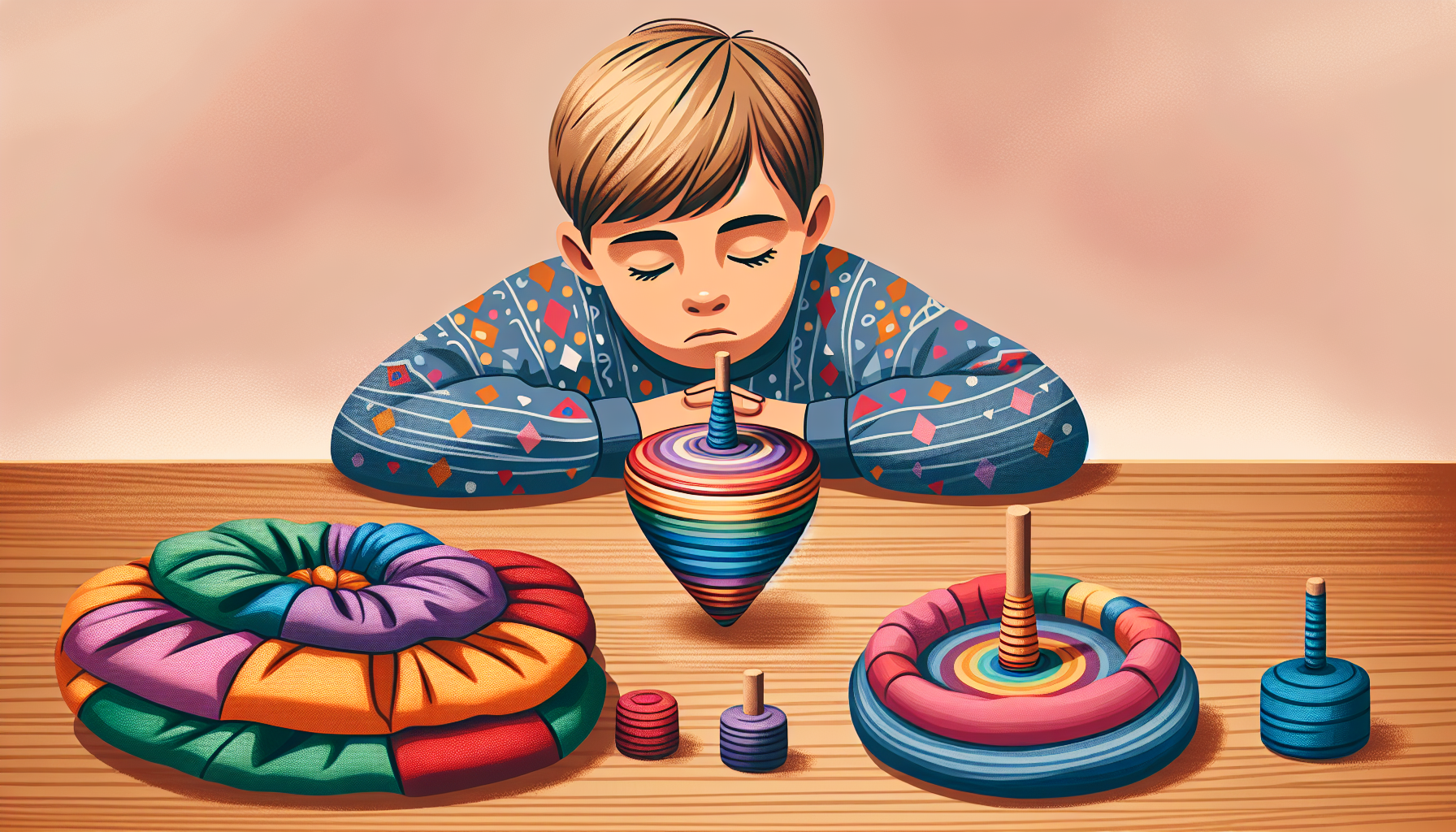

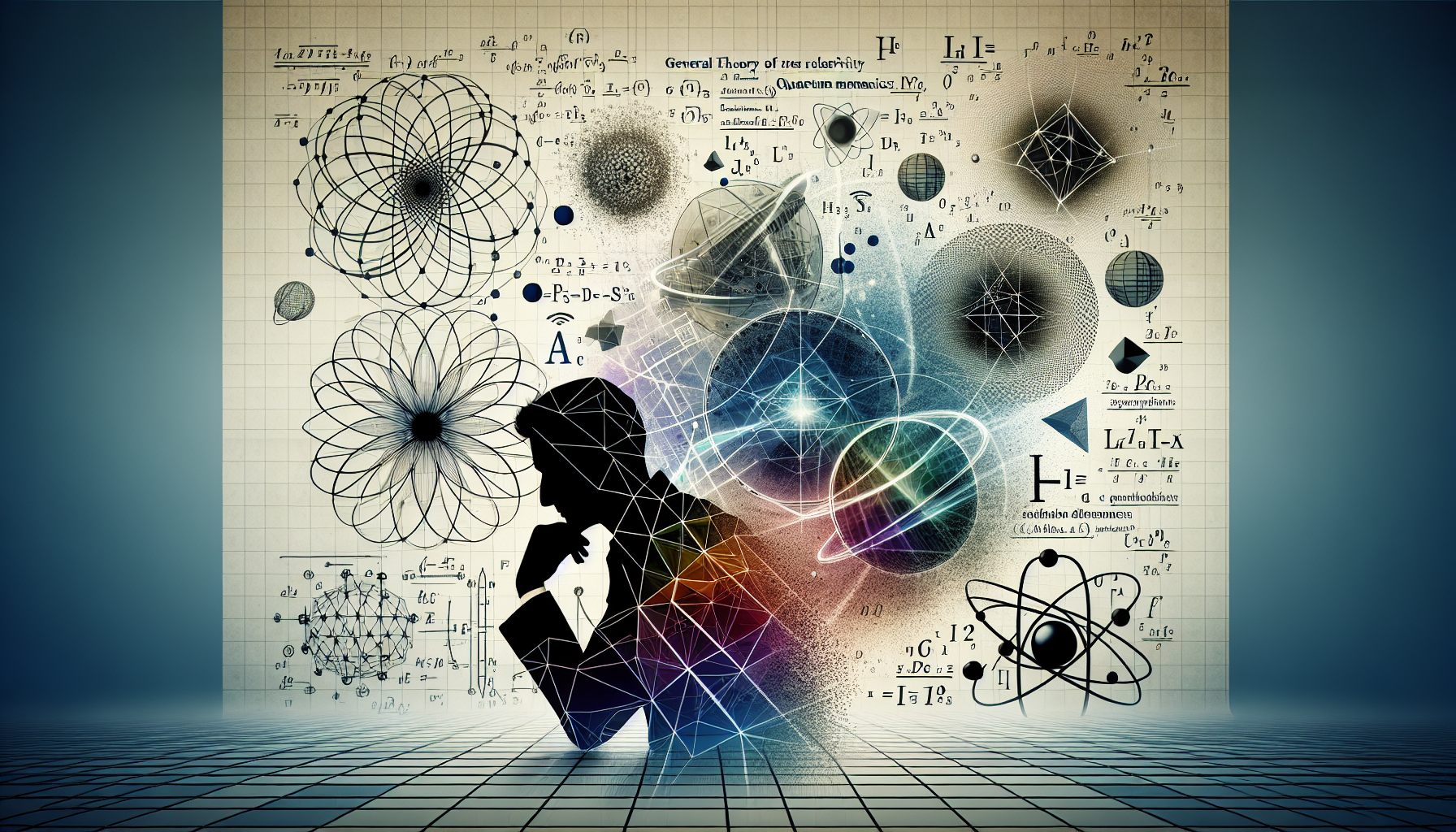
.jpeg)

